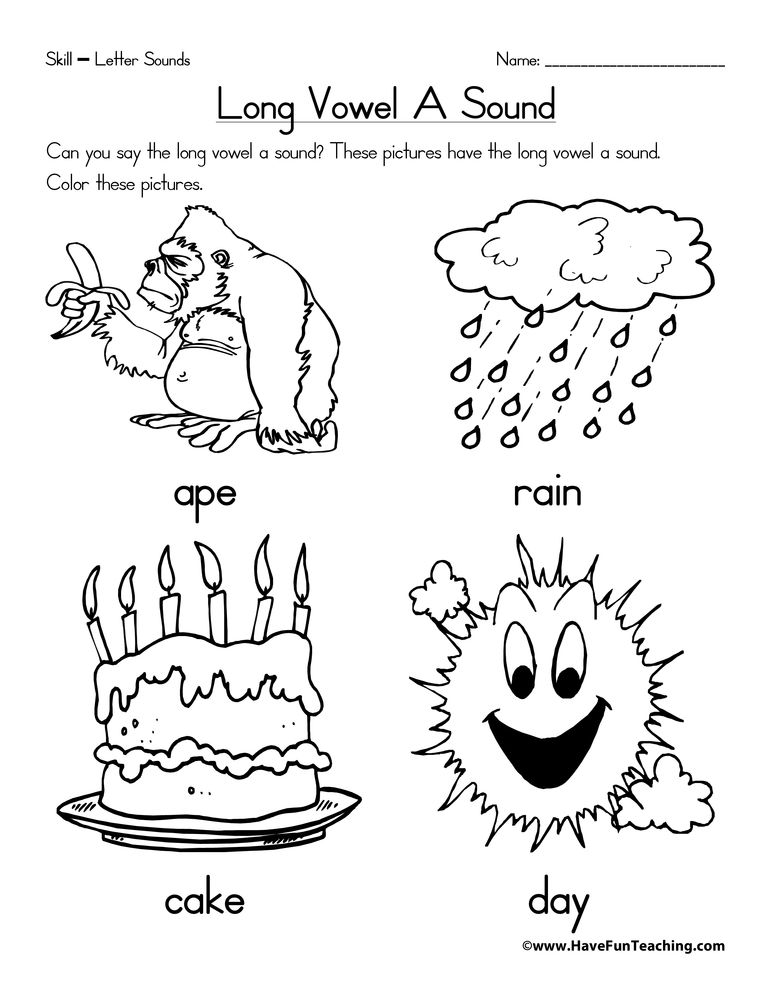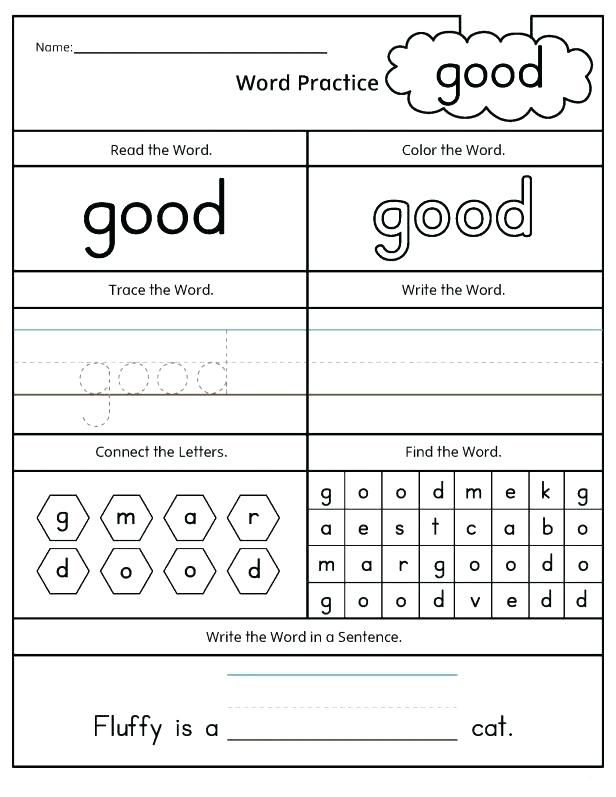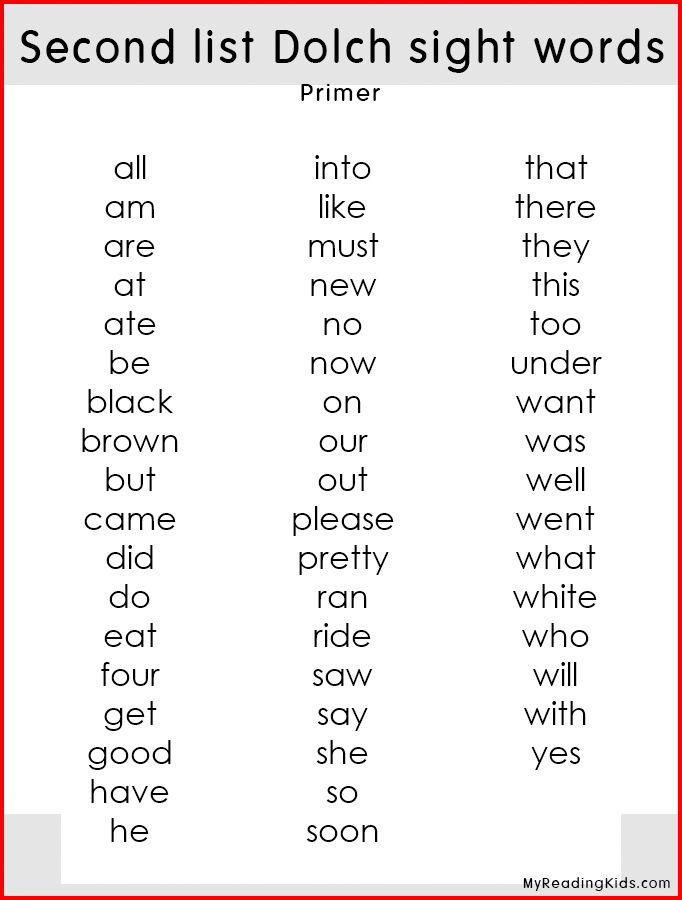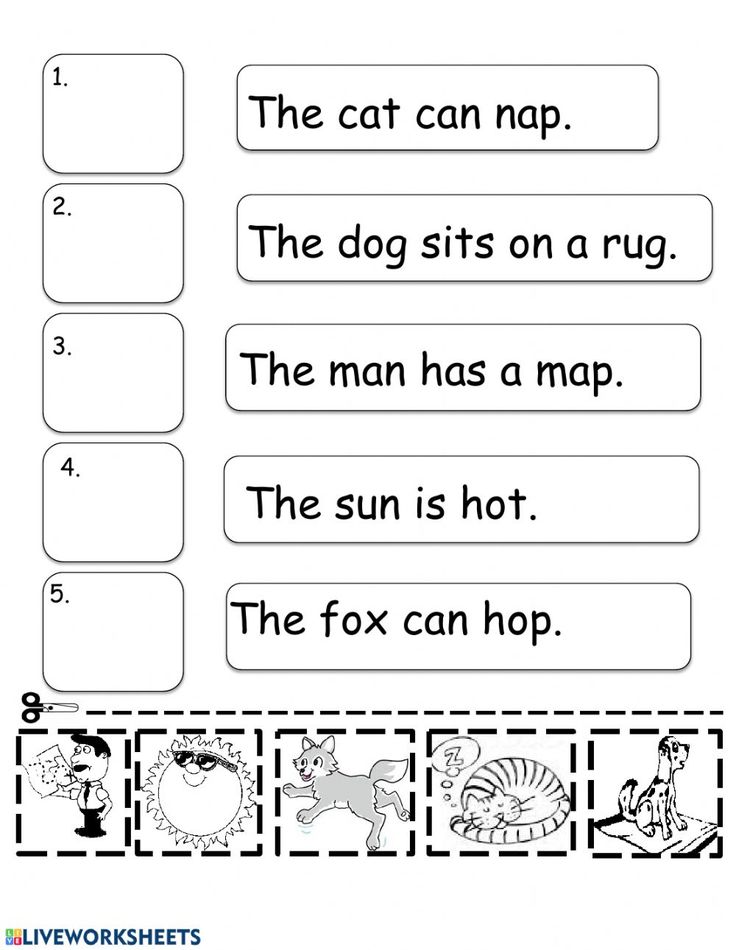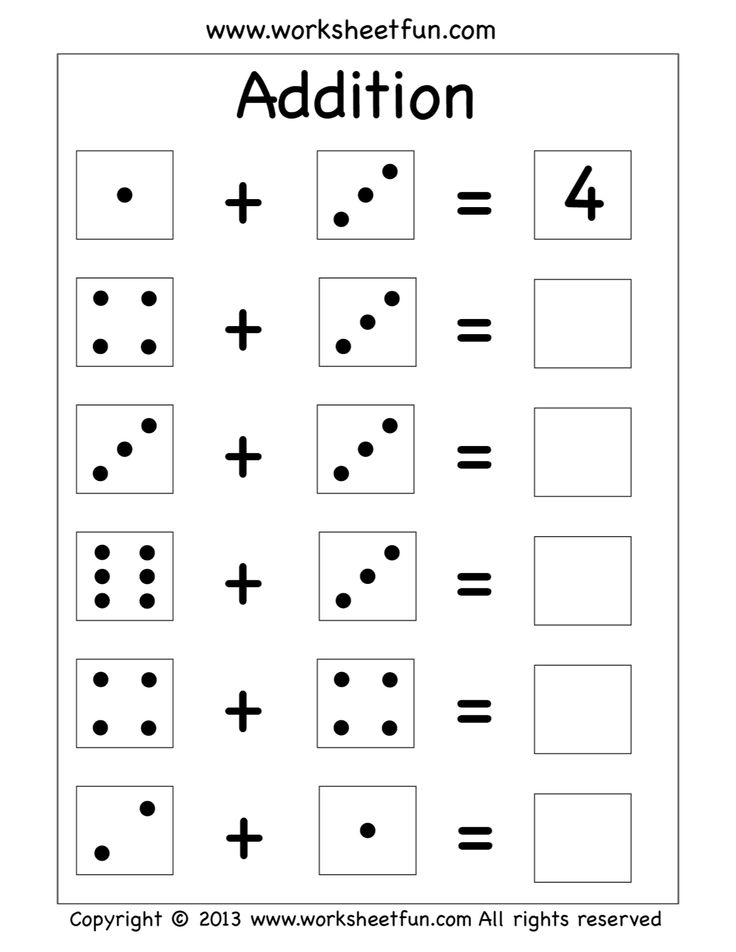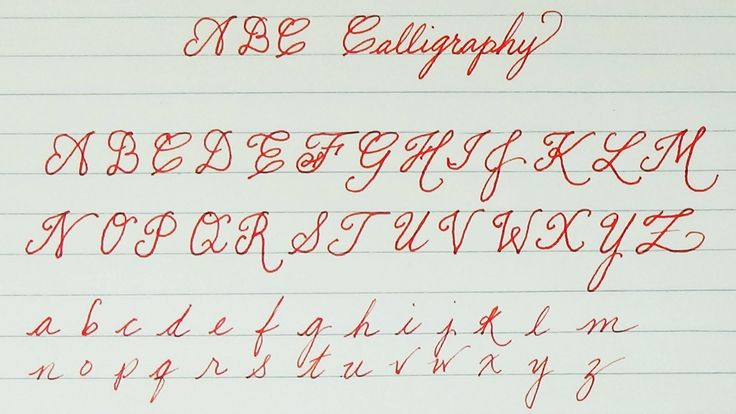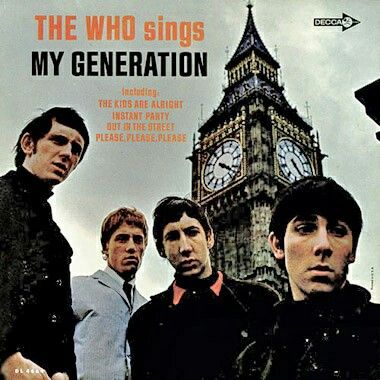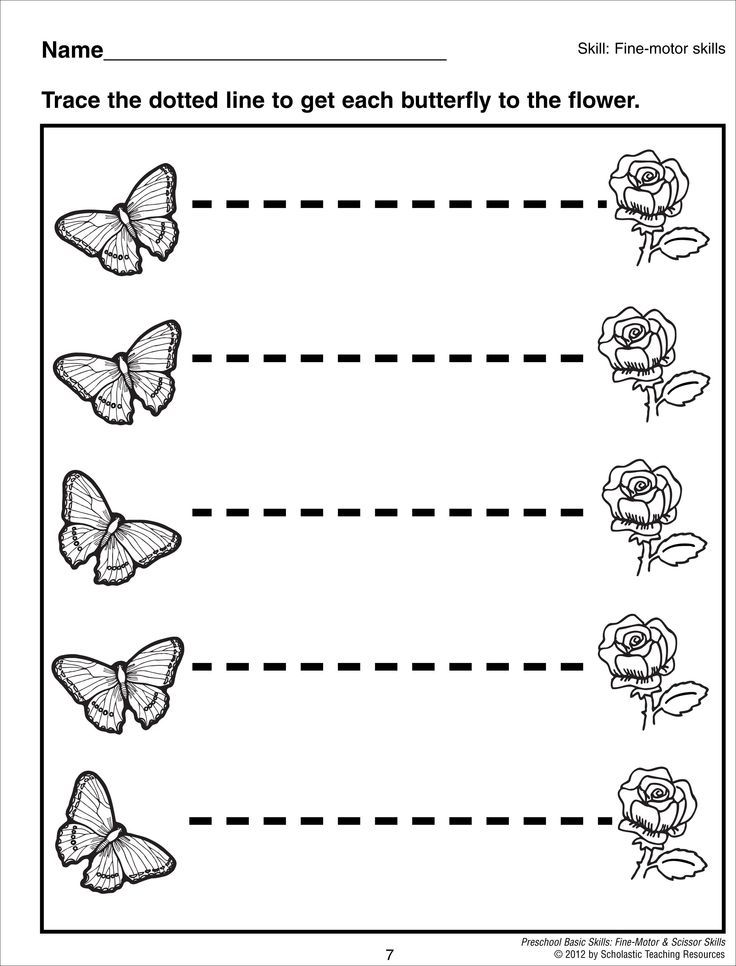Long vowels for kindergarten
Should I Teach Long Vowels in Kindergarten?
Every year I’ve taught Kindergarten, I’ve been able to teach long vowels in some capacity. Some years, I may just be teaching what a long vowel sound is and going over CVCe words. Other years, my Kindergarten students are able to identify long vowel patterns, read words, and even spell long vowel words! Long vowels are the hardest phonics skill that you may come across while teaching Kindergarten. Some curriculums or scope and sequences include teaching long vowels, some do not. So how do you know if you should teach long vowels in Kindergarten?
Focus on mastery, not just exposure
With phonics, it’s important to make sure your students have MASTERED each skill before moving to the next. My first year teaching Kindergarten, I was teaching my students R Controlled vowels and even Diphthongs, however they still struggled with spelling CVC words independently. Yes, they were exposed to many First Grade level phonics skills, but when it came down to the building blocks, they could not spell.
After that year, I made sure that my students had mastered each phonics skill before moving to the next.
To master a phonics skill, students should be able to blend (or decode), spell it, and read it fluently- either on it’s own or in a sentence. By reading fluently, I mean they need to be able to read a sentence with that word in it accurately and at a regular talking speed. I don’t like using the word “quickly” anymore because then students will try to say the sentence fast and trip up on the words.
In Kindergarten, you want your students to be pros with CVC words. You can always add in blends and digraphs with short vowel words, and even short vs long vowel using CVCe words to challenge them. However, if they have mastered CVC words, digraphs, blends, and CVCe words, and you have a few extra weeks in the year, then they will definitely be able to learn some long vowels.
When should you NOT teach long vowels in Kindergarten?
So when should you absolutely NOT teach long vowels in Kindergarten? Basically, if your students are not able to write CVC words or are still having trouble identifying blends and digraphs, then it’s best to not worry about long vowels.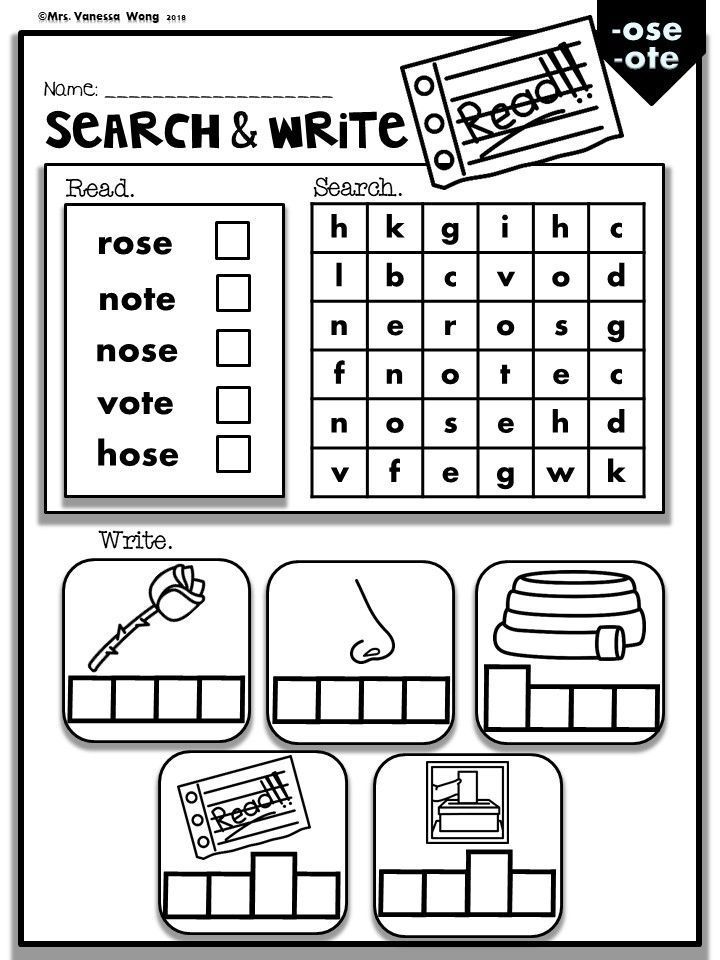 I suggest you work on those skills instead with review weeks. You can add in some review weeks, and focus on past skills and making sure they have fully mastered those skills.
I suggest you work on those skills instead with review weeks. You can add in some review weeks, and focus on past skills and making sure they have fully mastered those skills.
Here’s a few tips for teachers who want to teach long vowels in Kindergarten:
Tip #1: Work on Phonemic Awareness skills with long vowels
Before you begin teaching long vowels, your students should be able to complete phonemic awareness skills using long vowels, such as orally blending, onset and rime, and orally segmenting words. You can read more about those Phonemic Awareness skills here. If you need help with activities practicing long vowels, the last few weeks of the Kindergarten Phonemic Awareness cover these skills with long vowels!
Tip #2: Just work on identifying patterns
If you think your students can handle long vowel words, then start with JUST identifying the patterns in a long vowel word, such as “ay” or “ee”. You do not have to have your students reading and spelling words with long vowels. They will be doing a LOT of that in First Grade!
They will be doing a LOT of that in First Grade!
Tip #3: Use lots of modeling
When teaching how to decode long vowel words, use a lot of modeling to show the thinking process behind decoding. Here’s a sample long vowel decoding routine:
- Show the students the word.
- Either point out the long vowel pattern or have students identify the long vowel pattern.
- Highlight the pattern.
- Talk about what sound that long vowel pattern makes.
- Model how to blend that word. For example “/s/… /ee/… /d/, seed”
- What word is it? “seed”
Once students understand how to decode long vowel words, they will start to decode them on their own. You can watch how to model sounding out long vowels in this YouTube video here.
Tip #4: Show them long vowels in real life
Even if you decide not to teach long vowels as a separate unit, you can still use words that they do know to point out long vowel patterns.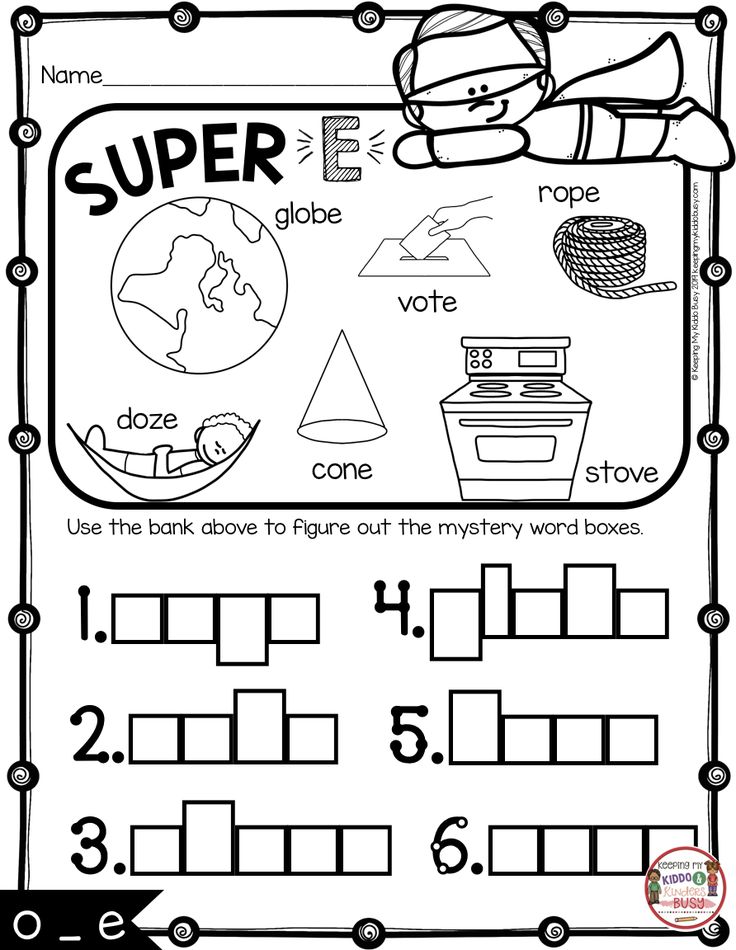 For example, the word “see”. Your students know this word as a high-frequency word or sight word that they most likely learned at the beginning of the year.
For example, the word “see”. Your students know this word as a high-frequency word or sight word that they most likely learned at the beginning of the year.
Let’s say you are writing a sentence with the word “see” in it. Use that opportunity to teach them! Circle the pattern and show them that it makes the long e sound. You can even extend it by asking if there are any other words with that same pattern. They may be able to come up with a few more! If they can begin to spot them in real life, that is the first step. We did a lot of sort by color activities like this one below to help pick out those long vowel patterns. Soon, they were seeing them in real life and making that connection. “Look, the word “today” has the “ay” pattern!”
Will you be teaching long vowels this year? Let me know what you decide! Remember every class is different and it’s okay to skip long vowels sometimes!
If you are teaching long vowels and need some help planning your phonics lessons and center activities, I’ve done it all for you! You can find the Kindergarten Phonics Long Vowels Unit here. It includes everything you need to teach long vowels for 5 weeks including pre-made lesson plans, phonemic awareness warm-ups, anchor charts, assessments, centers, worksheets, and more.
It includes everything you need to teach long vowels for 5 weeks including pre-made lesson plans, phonemic awareness warm-ups, anchor charts, assessments, centers, worksheets, and more.
A Handy Guide to Long Vowel Sounds (+ 5 FREE Downloads)
by Marie Rippel
When you teach reading and spelling, it’s a good idea to have a general overview of long vowel sounds. Let’s dive in!
A long vowel is a vowel that is pronounced the same as its name. For example, the word emu starts with the long E sound.
Seems pretty simple, right? But did you know that long vowel sounds can be spelled four different ways and that each way follows a specific spelling pattern?
The overview that follows will help you see the big picture about long vowel sounds as you teach reading and spelling.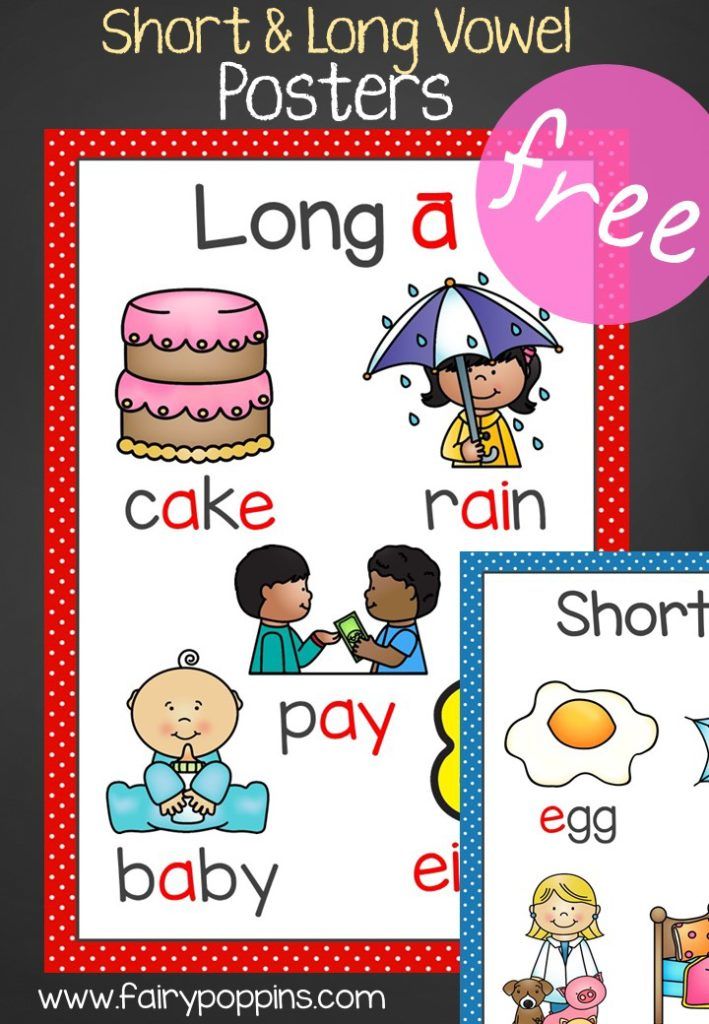 Read on to discover these useful patterns!
Read on to discover these useful patterns!
Four Ways to Form Long Vowel Sounds
A vowel at the end of a syllable can be long.
In the word we, as in We love emus, the vowel E is at the end of the syllable and says long E. In these words, the vowel at the end of a syllable is long: hero, hi, music.
Silent E can make the previous vowel long.
In the word cute, as in Emus are cute, the long U sound is formed by adding Silent E at the end of the word. Here are more words in which Silent E makes the previous vowel long: tape, shine, code.
Vowel teams can make long vowel sounds.
Vowel teams are two vowels that work together to make one sound. For example, in the word eat, as in Emus eat seeds, vowel team EA says long E. These words have vowel teams that make a long vowel sound: mail, sheep, soap.
I or O can be long when they come before two consonants.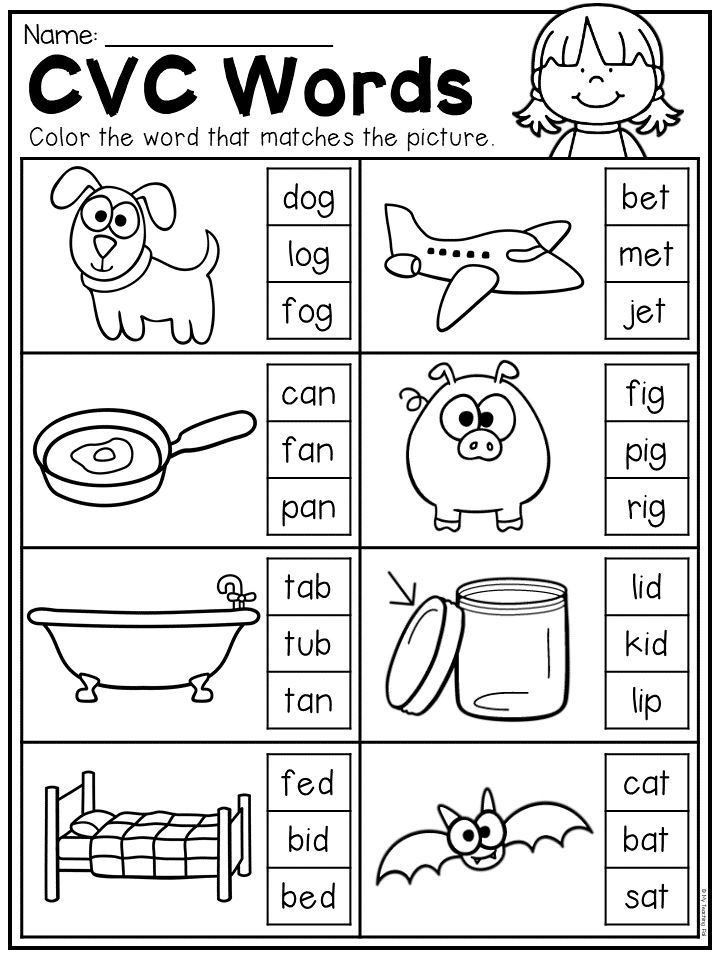
In the word stroll, as in The emu went for a stroll, the letter O comes before two consonants and says its long vowel sound. In these words, I or O are long before two consonants: kind, gold, child.
So there you go—the four basic patterns for spelling long vowel sounds!
Let’s Dive in a Little Deeper
The chart below illustrates the most common ways to spell the long vowel sounds.
Click to Download a Printable Chart!
Seeing these spellings all gathered in one place is enlightening for those of us who are already proficient readers and spellers. But I would only recommend using the chart for reference, or with an older student who has already mastered most of these phonograms. I would not recommend overwhelming a beginning student by teaching these spellings all at once. Instead, teach these basic patterns to students incrementally, one at a time.
Activities to Teach Long Vowel Sounds
Are you interested in seeing how we teach the four long vowel patterns in All About Reading and All About Spelling? Here is a sampling for you to download and enjoy!
Download “Be a Hero” Activity
(Vowel at the end of a syllable)
Download “Kit or Kite?” Activity
(Silent E)
Download “Wake Up the Sheep” Activity
(Vowel Teams)
Download “Find Gold” Activity
(I and O are long before two consonants)
The Bottom Line for Teaching Long Vowel Sounds
When it comes to teaching long vowel sounds, here’s what you need to keep in mind:
- Long vowel sounds can be spelled four different ways, each following a specific pattern.
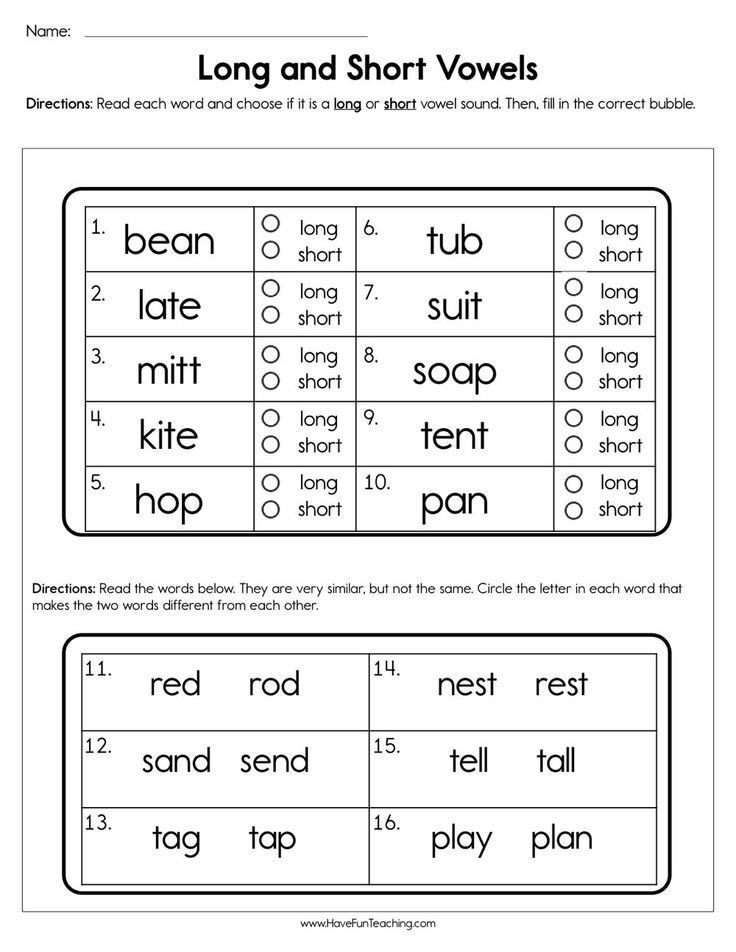
- Teach these basic patterns to students incrementally, one at a time.
- Keep it fun! Use a wide variety of interesting activities to help your student learn the four patterns for forming long vowel sounds.
All About Reading and All About Spelling walk you and your student through all the steps needed to help your student learn to read and spell. The programs are multisensory, motivating, and complete with everything you need. And if you ever need a helping hand, we’re here for you.
What’s your take on teaching the long vowel sounds? Do you have anything else to share? Let me know in the comments below!
Looking for information on short vowels? Check out our Handy Guide to Short Vowel Sounds!
Pronunciation of long vowels - learn English yourself
Long and short vowels
grot_english Paired sounds. In Russian, as we all remember from school days, there are paired consonants.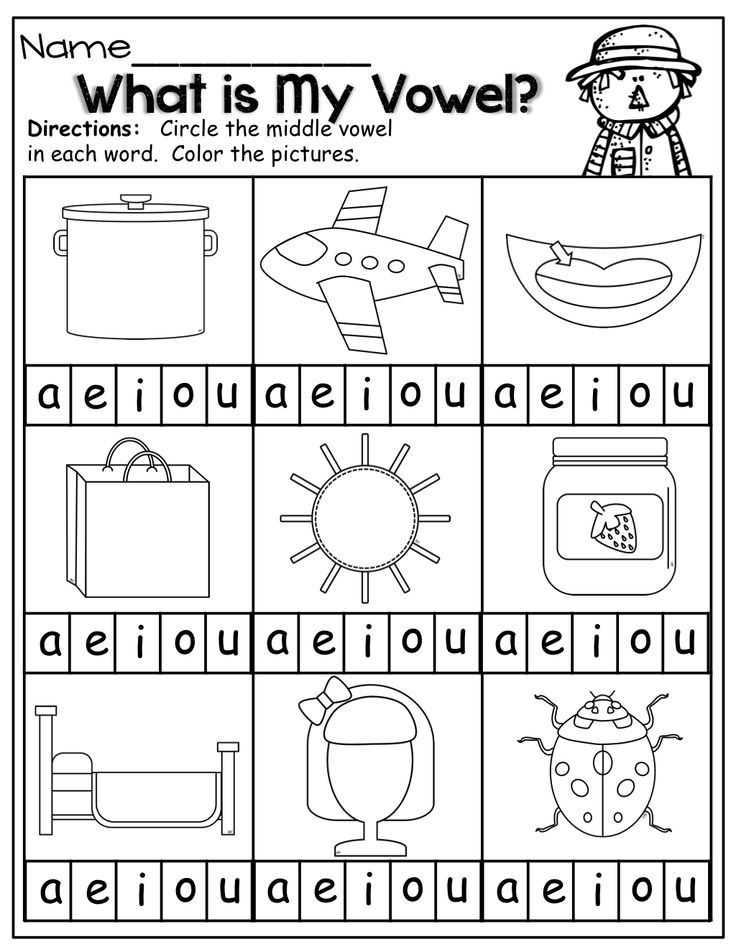 Sounds [b] - [p], [h] - [s] and so on form pairs according to sonority-deafness. That is, the sounds are very similar, but one is pronounced with a voice, and the second without (by the way, this also happens in English).
Sounds [b] - [p], [h] - [s] and so on form pairs according to sonority-deafness. That is, the sounds are very similar, but one is pronounced with a voice, and the second without (by the way, this also happens in English).
Sounds [b] - [b '], [h] - [h '] and so on form pairs of hardness-softness - one sound is hard in the park, the other is soft (which is not found in English at all). nine0009
We note two fundamental points: firstly, only sounds are paired.
Letters cannot be paired, because letters are such squiggles on paper (dots on a Braille sheet), they cannot be combined into pairs by similarity (otherwise it turns out to be stupid somehow - what to combine? S and b on the basis of absence-presence sticks?). Secondly, in Russian, only consonants are paired .
Russian vowels are all very different, and it is impossible to combine them into pairs. nine0009
In English, vowels also come in pairs. Sign for combining in pairs - longitude-brevity of pronunciation.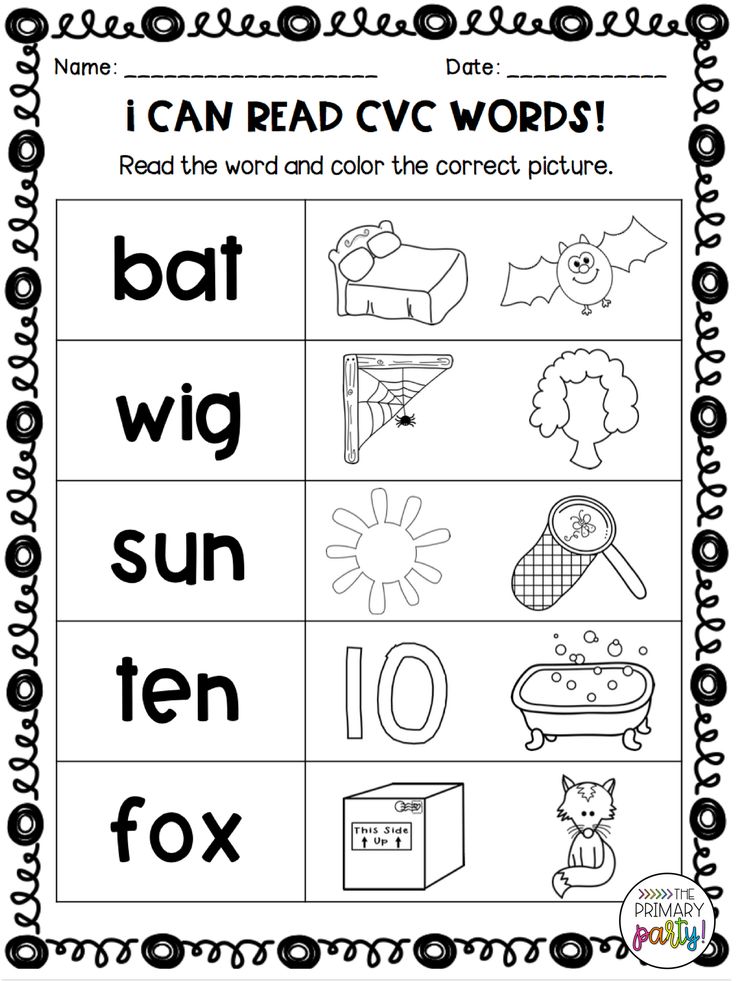 For masters of the Russian language, it can be difficult to understand that the longitude of a sound can completely change the meaning of the word . In Russian, “mama” and “Maaaaamaaaaa!” will differ in loudness, but hardly in meaning. It's not like that in English. Feel the difference:
For masters of the Russian language, it can be difficult to understand that the longitude of a sound can completely change the meaning of the word . In Russian, “mama” and “Maaaaamaaaaa!” will differ in loudness, but hardly in meaning. It's not like that in English. Feel the difference:
bins [b ɪ nz] (short sound) — beans [b i: nz] (long sound)
ship [ʃ ɪ p] (with a short sound) - sheep [ʃ i: p] (with a long sound)
Which once again proves how important it is to distinguish between longitude and brevity of sounds.
The length of the sound in the transcription is indicated by a colon [:]
Pronunciation
Long vowels differ from short not so much in the time of their pronunciation (no need to pull them for half a minute), but articulation - that is, how and with what we pronounce them.
[iː] - the sound is pronounced with strongly stretched lips - "Hollywood smile".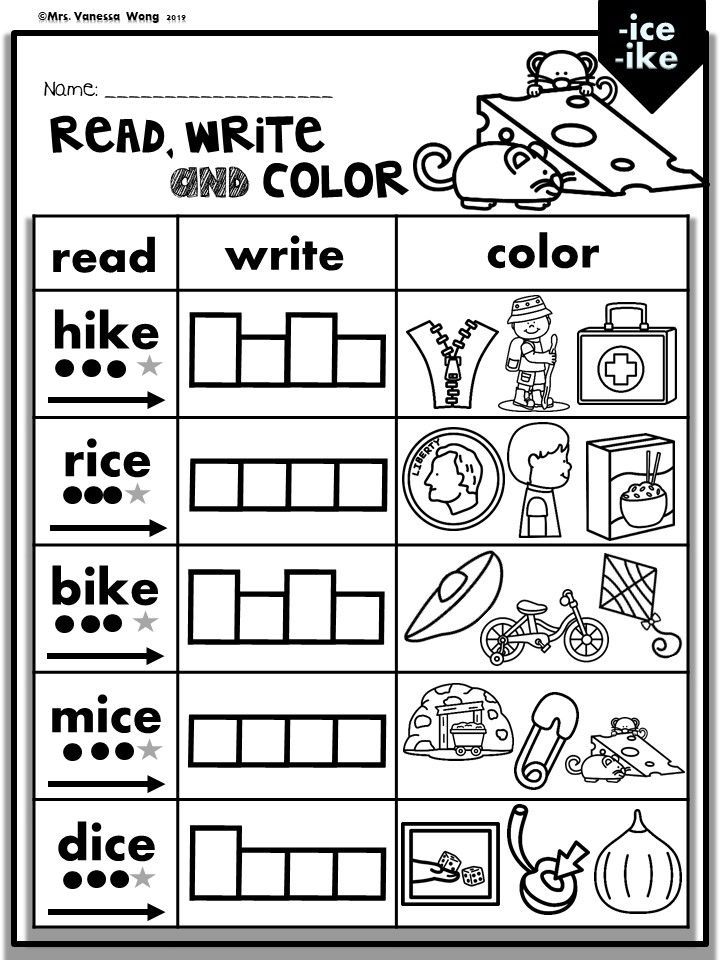 Imagine that you are advertising chewing gum.
Imagine that you are advertising chewing gum.
[ʊː] - unlike Russian [y], you do not need to stretch your lips. The corners of the lips are down! Imagine that you are having an afternoon snack in kindergarten, and in front of you is a plate of cold semolina: fuuu!
[ Like this ]
[ɔː] - resembles Russian [o], but pushed back a lot. As if you have a lemon in your mouth - the tongue moves down and back, the sound is deep. nine0009
Don't forget to refer to the complete table of English sounds to hear the correct pronunciation.
Source: https://grot-english.livejournal.com/11727.html
English vowels
Long vowels ) in English in transcription are indicated as follows: To convey longitude in transcription, a colon is placed after the sound, as in the examples. nine0009
Consider the first short sound [i] . Pronounced like a Russian sound [and] . Pronounce this sound briefly.
Now try to read it yourself correctly and compare the brief and long sounds
Now a brief vowel of [ӕ] .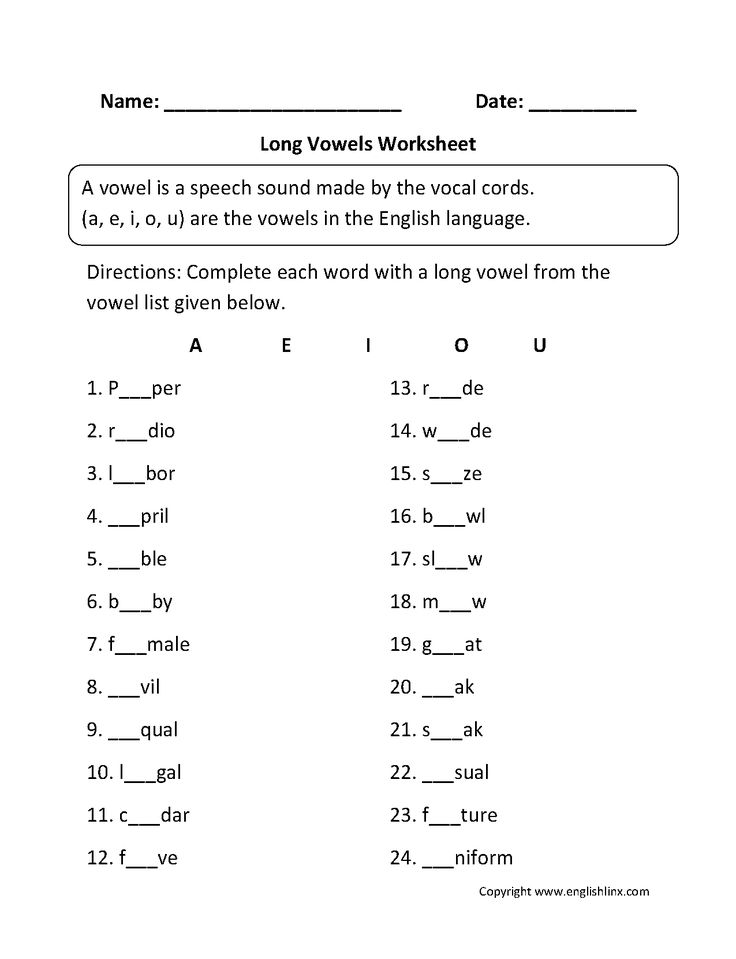 Pronounced like a Russian sound [e] .
Pronounced like a Russian sound [e] .
Now try to read this sound yourself:
Sound [e] .
Try to pronounce the sound [e] yourself
Move on to a short sound [ə]
This sound is unstressed and practically unpronounceable, it is found in many English words.
Example:
Consider the example a cup of tea . In this example, the article a and the preposition of are the neutral sound of schwa .
[ə`kʌpə ti:]
Hence the name cuppa - a cup of tea.
Now consider a short sound [ʊ]
Let's try to read this sound on our own
Next sound [ʌ] .
Try to read the sound yourself [ʌ]
Last sound [ɒ]
nine0004 Let's try to pronounce this sound ourselves We now know how to pronounce short vowels correctly. Do not forget that in order to pronounce sounds correctly, you need to listen to the speech of native speakers more often.Watch movies, instructional videos, listen to songs. Phonetics in English is an integral part of the language, as well as grammar.
If you know the rules of grammar perfectly, but do not pronounce words well, you will not be understood.
The main thing is to pronounce words clearly and correctly. You must understand that in English there are a huge number of words that are similar in spelling, but they are pronounced differently. For example words ship - ship and sheep - sheep.
The spelling is a bit similar for these words, but what about the pronunciation? Let's look at the transcription of the words: ship [ʃ i p] and sheep [ʃ i: p] . The first word has a short vowel, and the second has a long vowel.
If you pronounce these words incorrectly, for example, the first word with a long vowel, and the second with a short one, then you will not be understood correctly, you may even put yourself in a stupid position.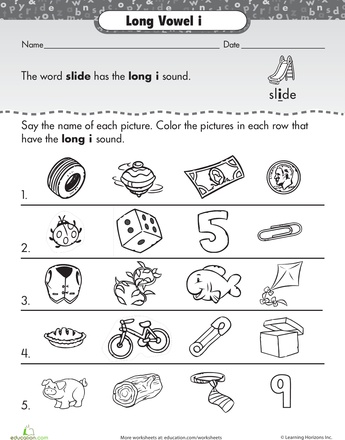 That is why it is necessary to study the phonetics of the language. nine0009
That is why it is necessary to study the phonetics of the language. nine0009
Let me give you another example. In the English language, intonation is very important when you ask: How are you? How are you? You should ask with a high intonation, if you say with a low intonation, the interlocutor will think that you are a very angry and aggressive person. In order not to frighten the interlocutors, study the rules of intonation.
Now we will analyze long vowels ( Long vowels ).
Consider the first long vowel [i:] .
Now we know how to pronounce these sounds correctly. Let's try to read words with a long vowel on our own [i:] :
Next, consider the sound [ɜ:] . Let's try to pronounce words with this sound on our own:
Consider the long vowel sound [ a: ] .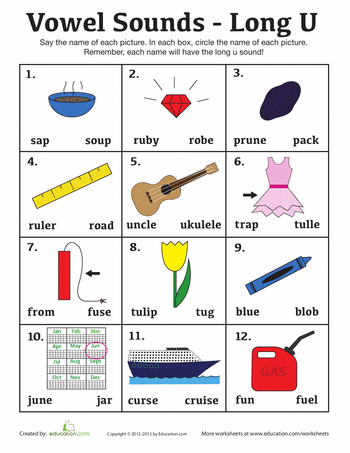 Let's try it ourselves:
Let's try it ourselves:
Long vowel [ u: ] . Now we can pronounce words with this sound ourselves. Trying:
Next sound [ ͻ:] . We try it ourselves:
We have analyzed the vowels in English. Watch instructional videos and practice. Just do not forget the main rule of learning English - everything you do should bring you pleasure. You don’t have to force yourself to learn the rules of pronunciation, so you won’t remember much. Do everything with pleasure, enjoy what you study. Only such an approach to business will bring you long-awaited results.
0009
Russian mistakes in English: vowel pronunciation, intonation and stress
There are 10 vowels and 10 sounds in Russian phonetics. There is a problem - more than half of the English vowel sounds have no analogues in Russian phonetics, and therefore there are serious difficulties with their pronunciation. Difficulties are also caused by intonation and rhythmization of speech, placement of stresses.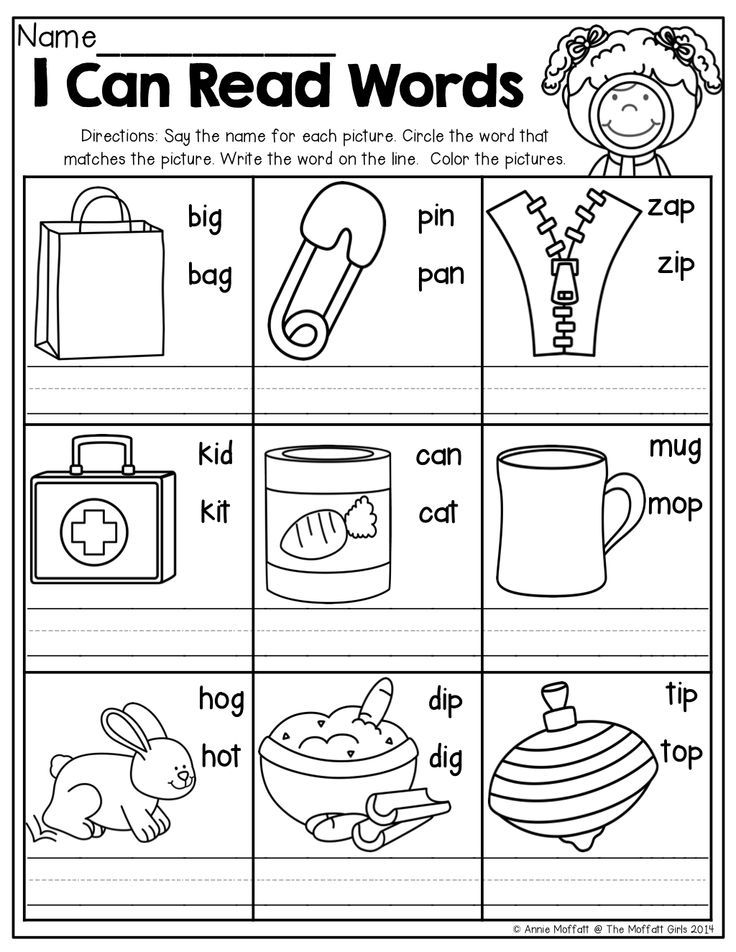
Vowel sounds
The vowel system in Russian has two main differences from English:
- no concept of long-short vowel,
- no diphthongs.
It is interesting that long and short vowels, as well as diphthongs, could exist in Russian speech if they had not been lost by the Proto-Slavic language (according to scientists, this is a language common to all ancient Slavic peoples).
The following vowel sounds have full or partial equivalents in Russian:
- [i] symbol, business
- [i:] receive, people
- [e] friend, effort
- [ɒ] rock, body
- [ʊ] foot, understood
- [u:] June, moon
- [ᴧ] couple, other
- [ə] alias, about
- [eɪ] eight, blade
- [aɪ] cry, guide
- [ɔɪ] joy, oyster
- [ɪə] here, fear
- [eə] there, square
- [ʊə] poor, tour
- [aʊ] trousers, cow
- [əʊ] go, toe
- [aɪə] fire, desire
- [aʊə] hour, sour nine0230
- [æ] cat, compact
- [ɑ:] garage, far
- [ɔː] board, awful
- [ɜ ː] her, word
- The sound [ɜː], which has no correspondences in the Russian vowel system, is the most difficult and incomprehensible for Russian-speaking students when learning English. They tend to replace it with the sound [o], for example, in the words work, journal, or Russian [ɜ], which is closer to [e] and is incorrectly used in words like twerk, germ. The most difficult thing is to correctly pronounce words that begin with [w]: work, word, worth, worm, etc. nine0227
- Long [ɑ:] is incorrectly replaced by Russian [а], which refers to the sounds of the front row, while English [ɑ:] is deeper. To understand the difference, compare the correct pronunciation of bark, smart and porridge, start.
- The sound [æ] is usually replaced by a closer one for the Russian phonetic system [e].
 As a result, there is often confusion between words, for example, in the pair sat - set.
As a result, there is often confusion between words, for example, in the pair sat - set. - Long [ɔː] turns into Russian [o], which refers to front vowels, or into a diphthong [əʊ]. Because of this, words like caught [kɔt], cot [kɑt], coat [kəʊt] are often mixed. nine0227
- In general, Russians pronounce long vowels "not long enough", so they sound similar to short sounds. A common mistake in the English speech of a Russian speaker is the same pronunciation of field and filled, seat and sit.
- Difficulties are caused by different pronunciation of long sounds depending on which letter the syllable ends with (pea [pi:], peal [pi: l], peat [pi: t]).
- Despite the absence of diphthongs in their native language, many Russian speakers tend to pronounce English vowels as glides or transitional double sounds. For example, [ɔː] is often pronounced as [əʊ], [ɜː] as [eə], etc. nine0227
- correct [kɑmpi’tiʃ(ə)n]
- variant with typical error [kəmpi'tiʃ(ə)n]
- lowering the tone at the end of a general question,
- use of rising intonation in the "tail" of a disjunctive question,
- rising tone at the end of an alternative question.
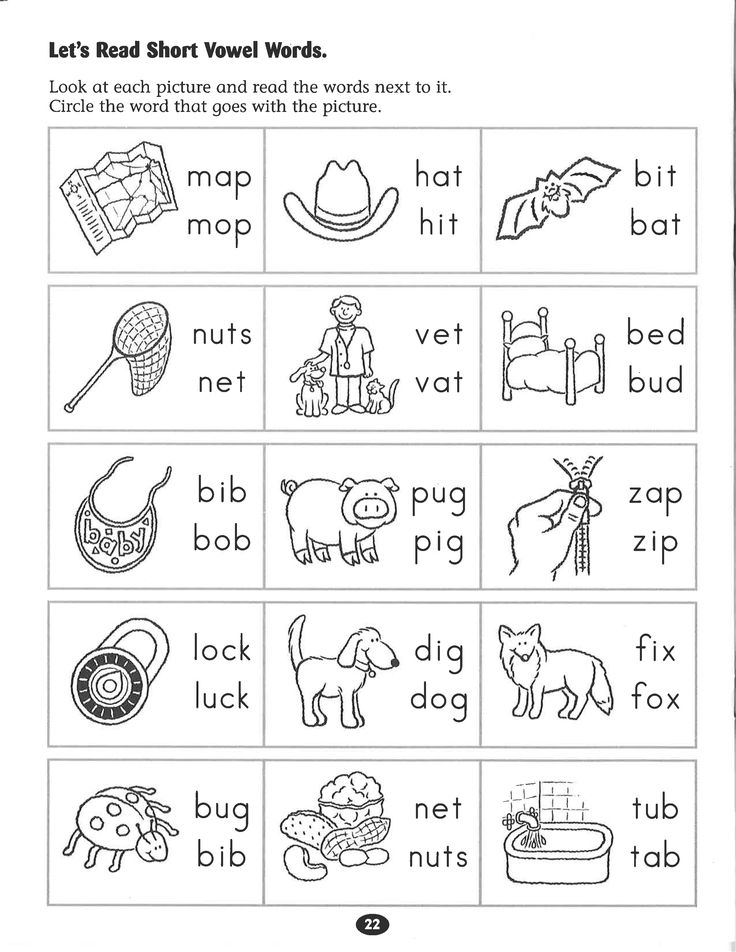 nine0227
nine0227 - listen to a variety of audio recordings and watch videos in English,
- listen to music, but keep in mind that performers sometimes deviate somewhat from phonetic norms in favor of melody,
- communicate with English-speaking acquaintances and friends,
- study with native English speakers via Skype,
- perform special exercises for the development of the articulatory apparatus.
- Aspiration after consonants
- Softening of consonants - not complete, like Russian soft sounds, but intermediate
- Presence of short and long vowels, diphthongs and triphthongs
- A large number of vowel sounds - 20 against 6 Russian
- At the end of a word, consonants are not stunned
- Some sounds have no Russian analogues: [r], [w], [ŋ], [ð] and [θ]
- Hard and soft consonants
- How to teach a child to distinguish sounds
- How to identify a soft consonant?
- Two consonants in a row
- Recording of sounds
- Paired and unpaired sounds in terms of hardness-softness
- Another useful table of sounds and letters
- Auxiliary signs of hard and soft consonants
- Examples of interesting tasks for developing the skill of distinguishing soft and hard consonants
- Strengthening the ability to distinguish between vowels and consonants and letters
- Voiced and voiceless
- Sonorous, noisy, hissing and whistling consonants consonants
- Noisy consonants
- Hissing consonants
- Whistling consonants
- Sample tasks for children
- Tips for parents
- world [m 'and r]
- bun [b l' u sh k a]
- mint [m 'a t a].
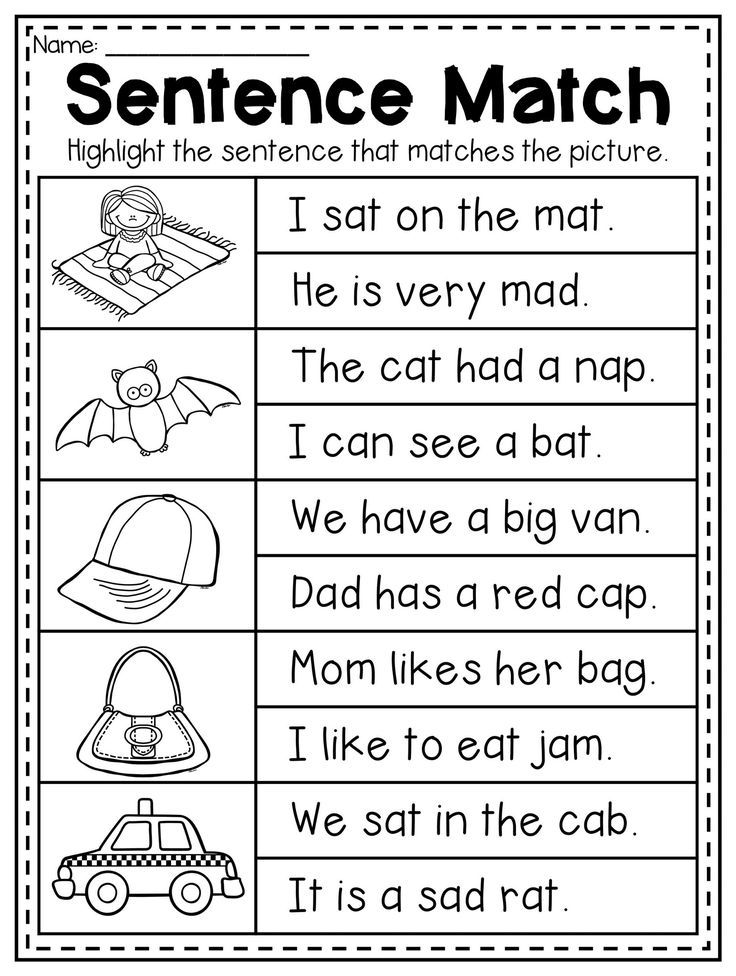
Usually, Russian speakers do not make serious mistakes when pronouncing them, but some inaccuracies in English speech may be associated with them. The remaining four sounds cause more problems:
The remaining four sounds cause more problems:
Consider examples of Russian errors in English when pronouncing vowels:
Rhythm and stress
Russian errors in English also appear in the placement of stress and rhythmization of speech.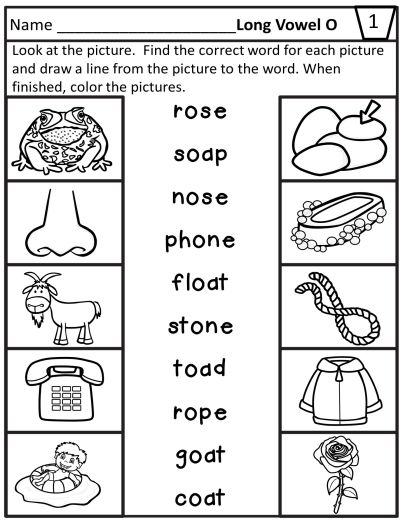 Russian speakers usually forget about two stresses in long English words:
Russian speakers usually forget about two stresses in long English words:
competition
Difficulties in speech rhythmization are manifested in particular in the fact that unstressed words, which English speakers pronounce briefly, as if casually, are paid too much attention by Russians. Such words in sentences are mainly auxiliary parts of speech: conjunctions (as, than), modal verbs (have, can, must). nine0009
Intonation
Russian intonation mistakes can cost them quite a lot. The fact is that the wrong English intonation can cause you to be considered impolite and rude.
The main intonation problems are associated with different types of questions:
How to deal with mistakes
To get rid of Russian mistakes in English related to the pronunciation of vowels, as well as the rhythmization and intonation of speech, stress, you need to constantly practice. You can use one or all of the following methods:
Read also
In this article we will not analyze in detail the sounds of the English language and talk about their articulation. Let's talk about English pronunciation in general: what distinguishes it, what are its common features compared to Russian phonetics, and how to reproduce these features in speech if your native language is Russian.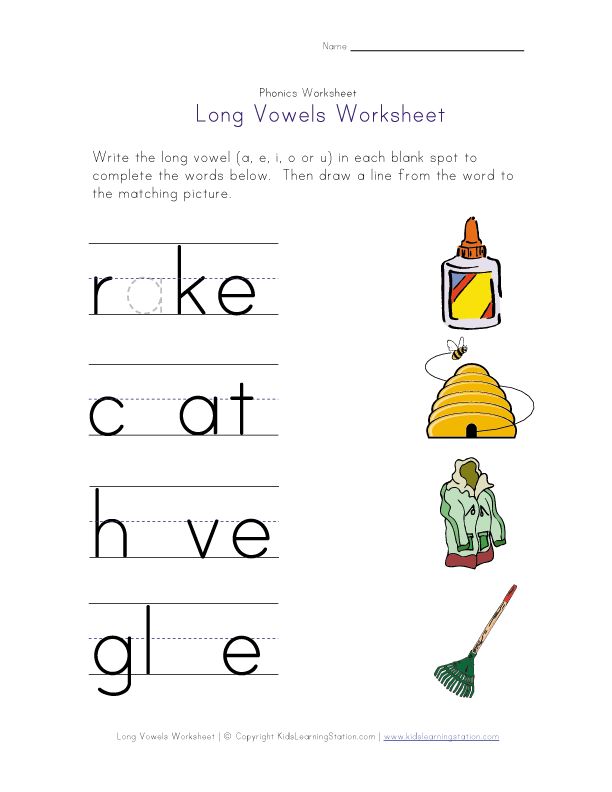 nine0009
nine0009
Each language has its own set of sounds. Even similar sounds are actually different: English t is not Russian t, and English n is not Russian n. All sounds of the English language are unique, there is not a single one identical to Russian, which is why it is so difficult to learn the correct pronunciation.
The reason for the uniqueness of the pronunciation lies in the different articulation of these sounds: the English act differently with their lips, tongue, teeth in order to pronounce the sounds correctly. Each sound can be analyzed for a long time and in detail, which we recommend doing at the beginning of training. But in general, there are several main features. nine0009
The English stretch their mouths wider during speech than the Russians. Their lips are always tense, while Russians are more rounded and relaxed. Therefore, when a Russian person, out of habit, speaks English for a long time, his lips get tired and his cheekbones hurt.
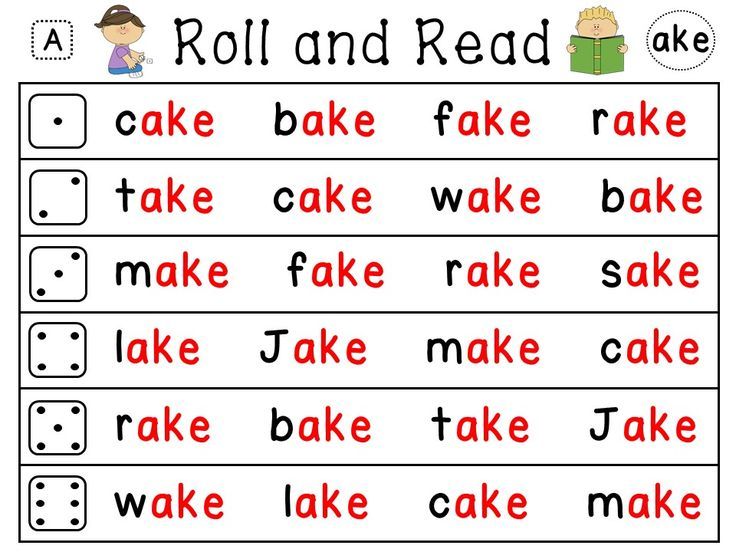
The position of the English tongue during speaking is lower - the tongue is pressed against the lower jaw, this is the basic position when pronouncing most sounds. And in the Russian language, the tongue is often raised, so the vowel sounds are different.
English consonants are apical and Russian consonants are laminal. This means that in English consonants are pronounced with the tip of the tongue, while Russians are pronounced with the help of the entire tongue, which is pressed against the lips.
If you correctly articulate English sounds, then it may seem to you that the entire speech apparatus is tense. It is important to understand that this is out of habit. For the native speakers themselves, all the positions of the tongue and lips described above are familiar and relaxed, they do not have to strain. And vice versa, they need to strain their speech apparatus to pronounce the Russian sound. nine0009
English pronunciation is characterized by several features that are not found in Russian:
To successfully imitate English pronunciation, we recommend more practice - listening more, talking more and interacting more with native speakers.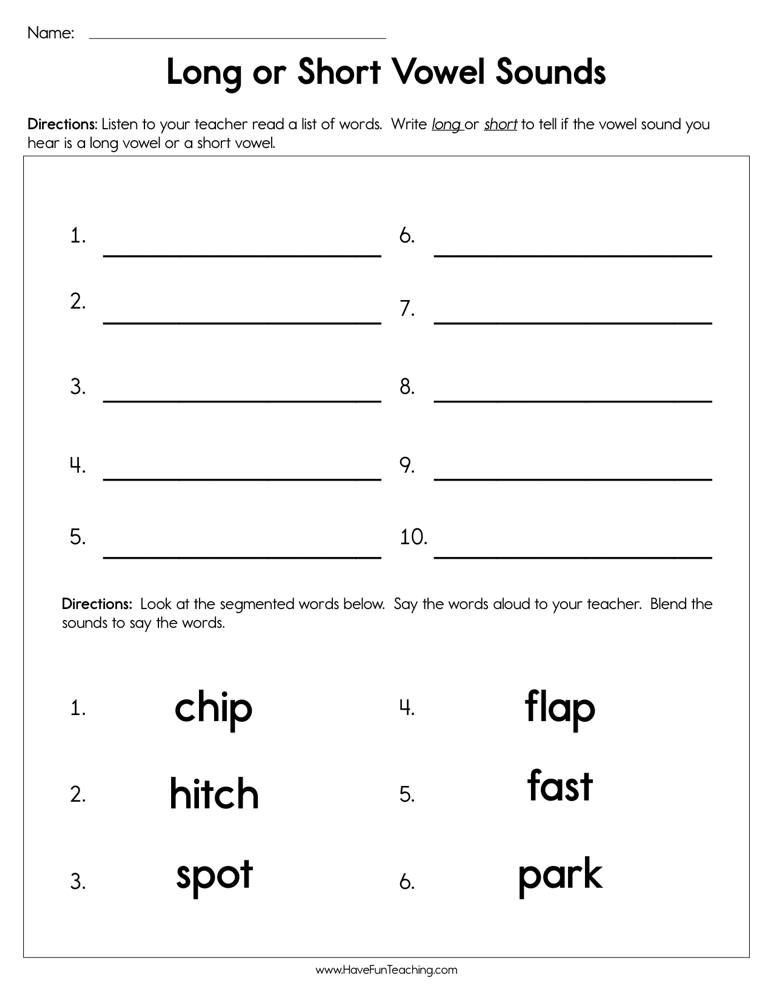 Pay attention to the articulation of complex sounds that are difficult for you. Read tongue twisters and do practical exercises from special pronunciation textbooks. Remember that changing the speech apparatus is difficult, but possible.
Pay attention to the articulation of complex sounds that are difficult for you. Read tongue twisters and do practical exercises from special pronunciation textbooks. Remember that changing the speech apparatus is difficult, but possible.
Source: https://lingua-airlines.ru/articles/osobennosti-anglijskogo-proiznosheniya/
Pronunciation of long and short English vowels
If there is the most terrible beast in English phonetics, then for the vast majority of us it is English vowel sounds, or rather their duration.
The main reason long and short vowels in English give us so much trouble is simple - we don't understand them. We do not understand how to pronounce them correctly and how to confidently distinguish them in speech. We can be understood, because the duration of the sound is a subjective thing. nine0009
Do not measure it with a stopwatch! Do the British themselves rely solely on the duration of the sound? Of course not!
Struggle for quality
Firstly, all English vowels differ from each other qualitatively.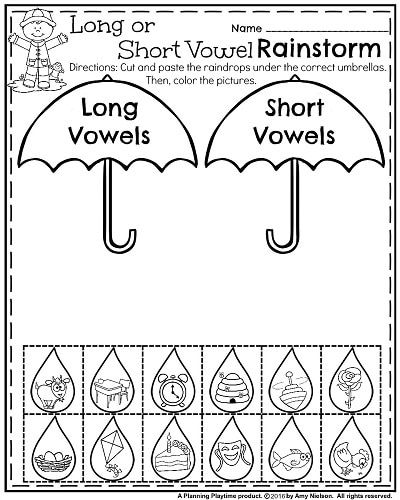 For a beginner, this difference may not be obvious, however, the more clearly you remember this fact, the faster you will learn to determine this qualitative difference.
For a beginner, this difference may not be obvious, however, the more clearly you remember this fact, the faster you will learn to determine this qualitative difference.
Pay attention to the transcription of the short [ɪ] and long [iː] English "and". Yes, a colon is added to the long sound, but the main character is not the same - precisely in order to reflect the difference in the quality of the sound, and not just in its longitude. nine0009
Here, however, there are several unpleasant nuances at once.
First, a lot depends on transcription. There are several systems of phonetic transcription. Here we are talking about IPA (International Phonetic Alphabet), the most authoritative system in the world and generally accepted in Russia. But even in the IPA, for the time being, both long and short English "and" - more precisely, their basis - were denoted by the same symbol.
Secondly, the degree of this qualitative difference itself varies greatly for different vowel pairs.
For example, if the long "a" in "cart" is radically different from both "cut" and "cat" and "cot", then the difference between "pool" and "pull" is not so pronounced. nine0009
Thirdly, regional accents confuse the situation even more (and there are hundreds of them in England alone). The Scots, for example, distinguish between "pool" and "pull" solely by context, that is, even the length of the sound they have in this pair is the same.
A look through the looking-glass: lax and tense
And what to do now? Look at the problem from the other side, from English! To be fair, the English also sometimes refer to their vowels as long and short. However, in more or less academic sources, vowels are divided not into long-short ones, but into "lax" and "tense", i.e. relaxed and tense. Now we will figure out what in this case relaxes and tenses. nine0009
Keep in mind that if you pronounce long and short vowels correctly, it will be much easier for you to distinguish them by ear.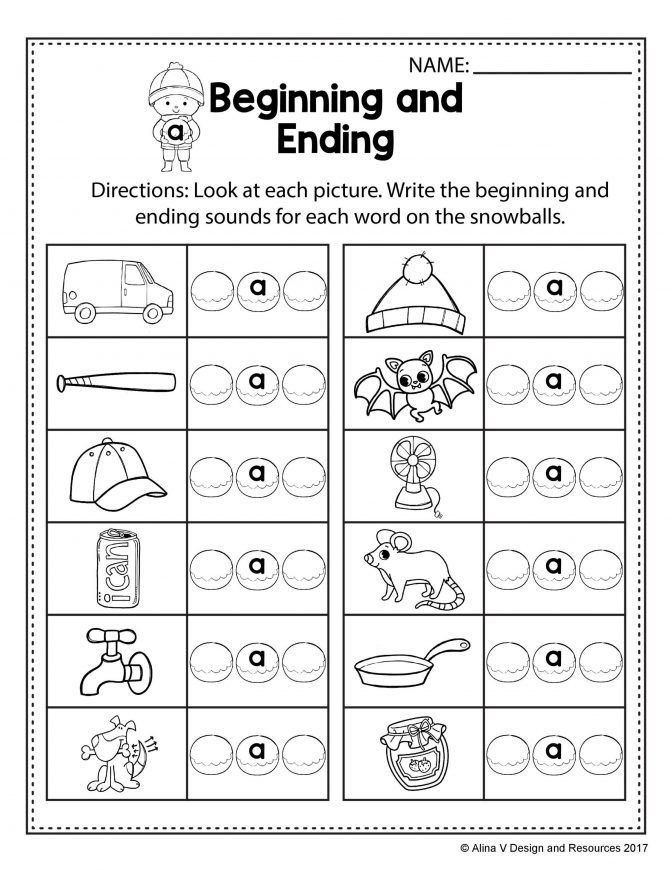 Now, the main reason for the problems and misunderstanding of English vowels is that we think of them as long and short. But how else to think about them, if they are long and short, you ask.
Now, the main reason for the problems and misunderstanding of English vowels is that we think of them as long and short. But how else to think about them, if they are long and short, you ask.
“They told us about it at school”, right? Strictly speaking, the duration of "long" vowels can vary widely, so that even the term itself is not entirely accurate. Much worse, however, is that we are trying to artificially lengthen or shorten these vowels. And folk wisdom says: if you have to imitate, then something is wrong. nine0009
Bubbles and colors
We have already noted that the correct position of the tongue often automatically leads to the correct pronunciation. Developing this thought, the length or brevity of the vowel is an effect, not a cause.
So, the first thing to do is to bring the tongue into the correct position. The analogy with a hot potato in your mouth is appropriate, just place the potato not on the tip of the tongue, but closer to the root. Let me remind you that as much as this situation is unusual for us, it is just as natural for the British.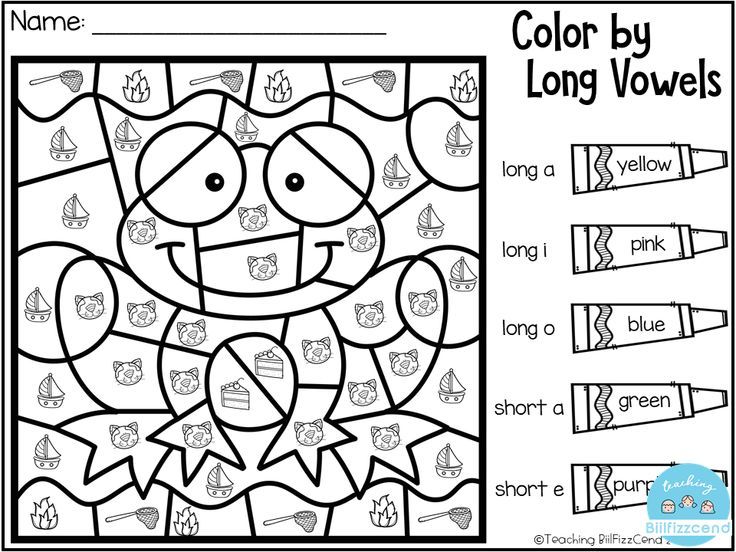 That is, the tongue should be relaxed in this position (remembered about "lax"). nine0009
That is, the tongue should be relaxed in this position (remembered about "lax"). nine0009
Now imagine a bubble rising from the bottom of a lake. The sound made by the bursting bubble is as short as possible - bang! - as soon as it touches the surface of the water, the pressure inside the bubble instantly dissipates. Short vowels are pronounced similarly - put, book, cut, bit, etc.
To maintain the sound of such a vowel, no additional effort is applied - this is "lax".
When pronouncing long vowels - on the contrary - air pressure on the ligaments maintains the sound for some time. In this case, at the root of the tongue you will feel a slight tension. These two moments are "tense". nine0009
Thanks to them, the sound becomes noticeably more pronounced than with short vowels. You can compare this to the color saturation of paints - "tense" colors are bright and saturated, while "lax" colors are closer to shades of gray.
Who seeks always
Working on pronunciation is a search.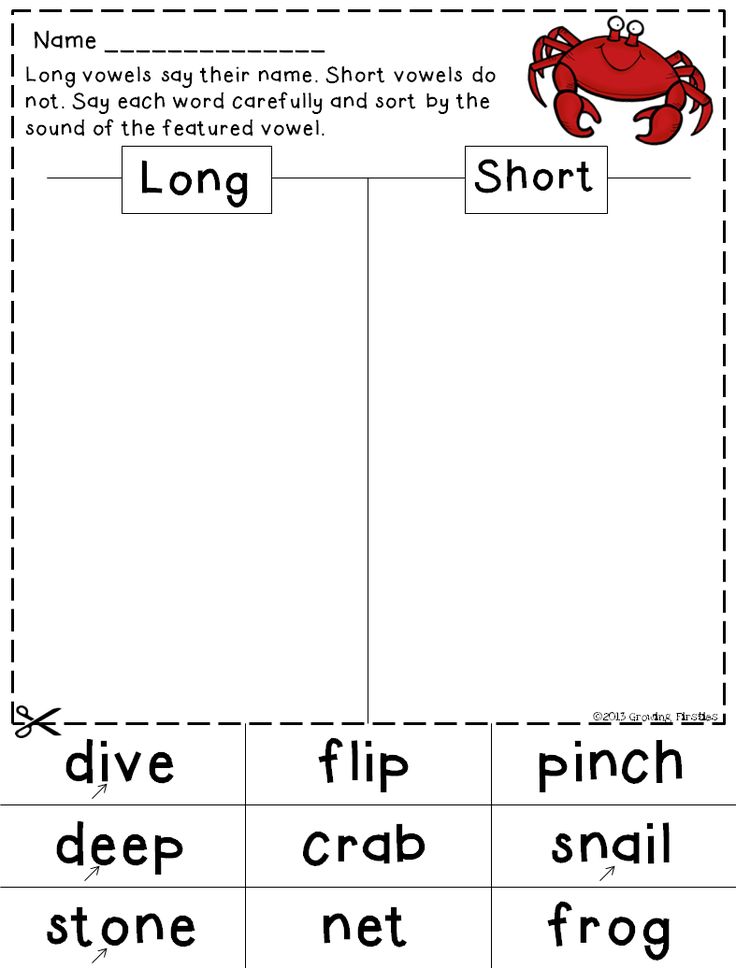 We try to repeat what we hear this way and that, until one day we suddenly understand how this or that sound is actually pronounced and, most importantly, why. And so many times. Here I have offered you a little hint. nine0009
We try to repeat what we hear this way and that, until one day we suddenly understand how this or that sound is actually pronounced and, most importantly, why. And so many times. Here I have offered you a little hint. nine0009
Armed with it, start paying attention to how English vowels are pronounced by native speakers themselves, and be sure to try to repeat after them. And if you have any questions feel free to ask them in the comments.
You can also subscribe to our English Pronunciation Course for free, which will greatly speed up your progress.
Source: http://lingorado.com/long-short-english-vowels/
English for Beginners: Grammar and English Lessons Online! Lesson 1. English online
Unlike the Russian language, English consonants have the following features:
1. There are hard and soft consonants in Russian. The softening of the consonant is reflected in the meaning of the word.
For example:
glad - row, bow - hatch.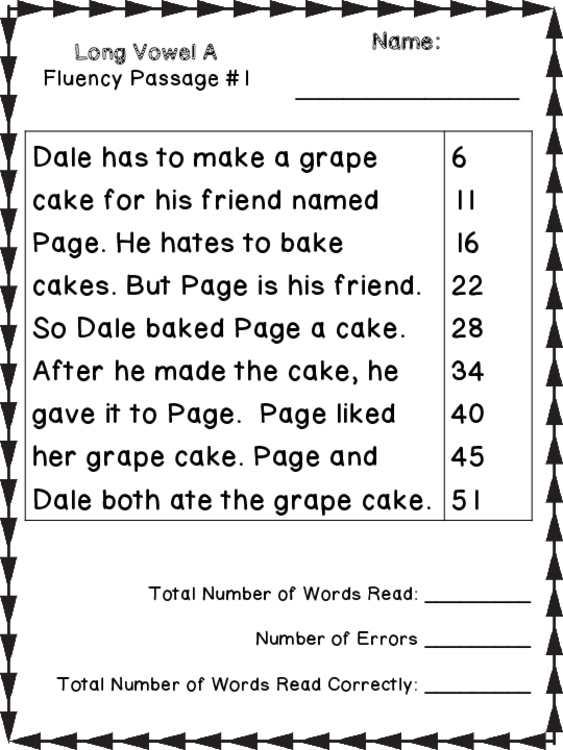 In English, consonants are not softened.
In English, consonants are not softened.
2. In Russian, consonants are stunned if they come before other voiceless consonants, and especially at the end of words.
Compare:
koro b points [B] - koro b ka [П]
line zh nickname [Ж] - line zh [Ш]
In Russian, stunning of consonants is not reflected in the meaning of the word.
In English, final voiced consonants are never stunned, as their stunning leads to a distortion of the meaning of the word.
The majority of English consonant sounds differ from their corresponding sounds of the Russian language , but not so much as to dwell on them in detail. Some English consonants differ from Russian ones in articulation. nine0009
When pronouncing [d], [t], [n], [l], the tip of the tongue is raised and touches the alveoli (Fig. Organs of speech), while when pronouncing the corresponding Russian sounds, the tip of the tongue touches the inner surface of the upper teeth.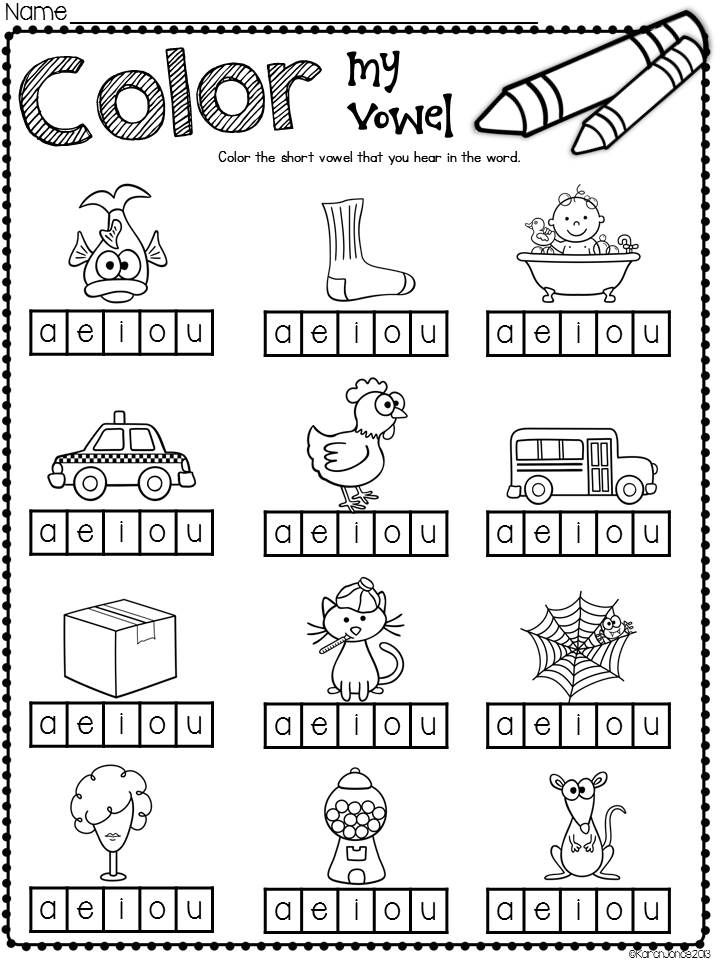
English [r], unlike Russian [R], is pronounced without any vibration. When pronouncing English [r], the tongue is very tense, the tip of the tongue is raised high, but does not touch the palate or the alveoli. The vocal cords vibrate (Fig. Organs of speech). nine0009
If you pronounce the Russian words no, tom, risk, genus, observing the indicated articulation and the voicedness of the final voiced consonants, then these words will receive a special connotation characteristic of English , and will give English words: net set, Tom Tom , risk risk, rod rod.
The sound [h] is pronounced as a weak hollow sound, similar to a light exhalation. The back of the tongue should not rise to the soft palate, as is the case when pronouncing Russian [X]. nine0009
Sounds that do not have a correspondence in Russian include the sound [w], which is conveyed by the letter w and the letter u in the combination qu [kw].
When pronouncing the sound [w], the lips are very tense, strongly rounded and slightly pushed forward, forming a small hole for the passage of air. The back of the tongue rises towards the soft palate.
This mode of speech apparatus is similar to the position for pronouncing the Russian non-syllabic y, as in the word fauna. When pronouncing [w] from this position, you must immediately move to the position for pronouncing the next vowel. Sound [w] occurs in English before vowels only.
Some English consonants convey complex sounds:
j - [dʒ] The sound [dʒ] resembles the consonants j pronounced together in the words dzhigit, jumper.
x - [ks] The sound [ks] resembles the consonants pronounced together ks in the words box, coke.
Some English consonants, depending on their position in the word, convey different sounds;
c - [k] or [s]
g - [g] or [dʒ]
s - [s] or [z]
x - [ks] or [gz]
The letter q is always written together with the letter u, and this combination is read [kw].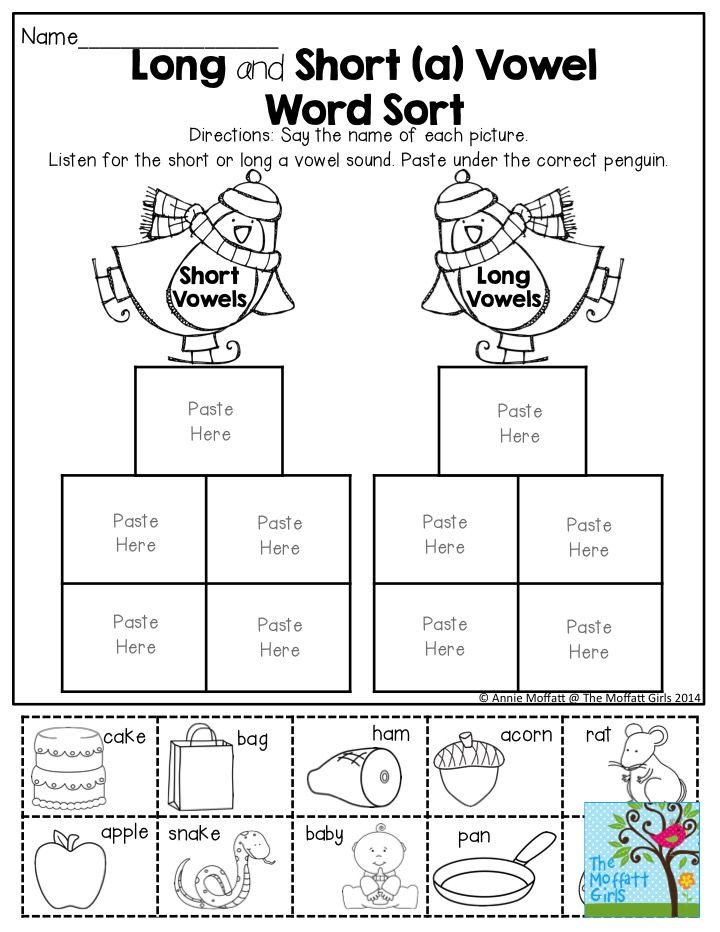
The letter w before consonants is not readable.
a) Open and closed vowel sounds
When pronouncing vowel sounds, we do not create any barrier to the exhaled air, and depending on the sound being pronounced, we only change the shape of the oral cavity with the help of moving organs of speech: tongue, lips, lower jaw and soft palate. The oral cavity may vary in relation to the distance between the surface of the tongue and the hard palate. nine0009
Depending on this distance, vowels in both Russian and English are divided into open and closed.
Lowering the lower jaw with a flat tongue, we increase the distance between the palate and the tongue and get an open sound.
By raising the middle part of the tongue towards the palate, we narrow the distance for the passage of the air stream and get a closed sound.
Let's compare the pronunciation of Russian sounds [А] and [И]. [A] - an open sound, when pronouncing it, the mouth is wide open, and a stream of air passes freely between the tongue and palate.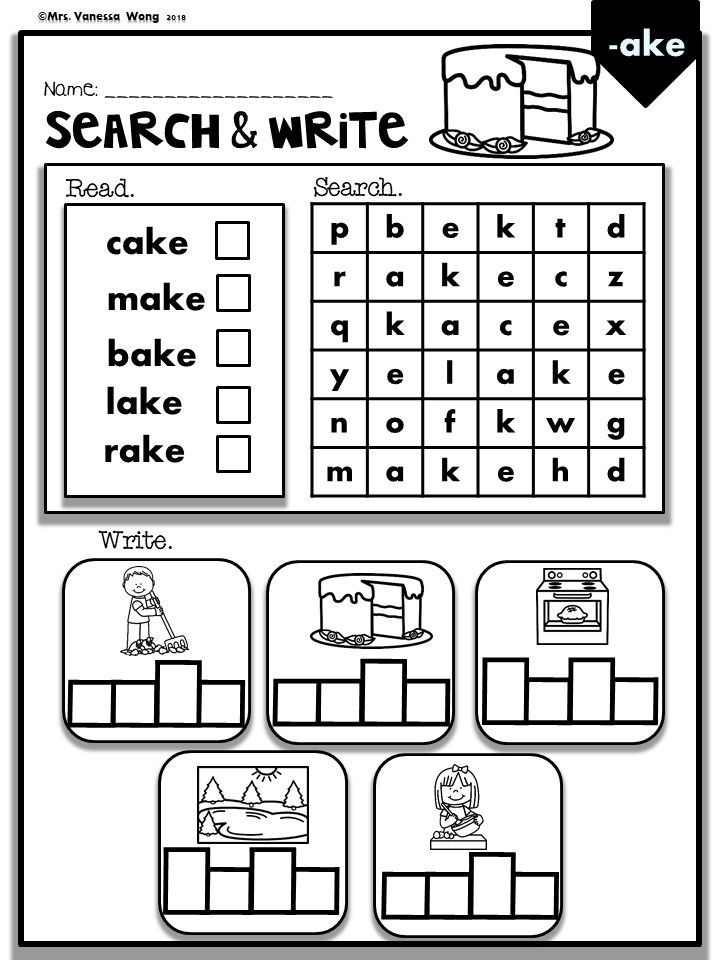 [And] - the sound is closed, when it is pronounced, the tongue is raised, and the passage for the air stream is narrowed. nine0009
[And] - the sound is closed, when it is pronounced, the tongue is raised, and the passage for the air stream is narrowed. nine0009
If we compare three sounds: [A], [E], [I], we will notice that [E] is a more open sound compared to [I], but not as open as [A].
b) Long and short vowels
English vowels are divided into long and short. The brevity or length of vowels in Russian does not affect the meaning of the word, while in English this is of great importance: depending on the length or shortness of the vowel sound, the meaning of the word changes.
In phonetic transcription, vowel length is indicated by [:]. nine0009
c) Diphthongs
In English, unlike Russian, there are sounds called diphthongs.
A diphthong is a combination of two vowel sounds in which the first element imperceptibly passes into the second. In English diphthongs, the stress falls on the first element.
The names of English vowels do not match their names in the Latin alphabet used in English writing.
At the same time, in English the name of a vowel does not always determine the sound it conveys in the word. nine0009
The reading of a vowel depends on the stress and on the position of the vowel among other letters, while in different combinations a vowel can convey sounds that are qualitatively different from each other.
Thus, in English the same sound can be represented by different letters and letter combinations, and, on the other hand, the same letter can convey different sounds.
This phenomenon is explained by the course of development of the history of the English language *.
There are 21 vowels in modern English speech. To express these sounds, there are only 6 vowels of the alphabet. nine0009
The sound [i:] resembles the sound of the ending ii in Russian words: Russia, elements.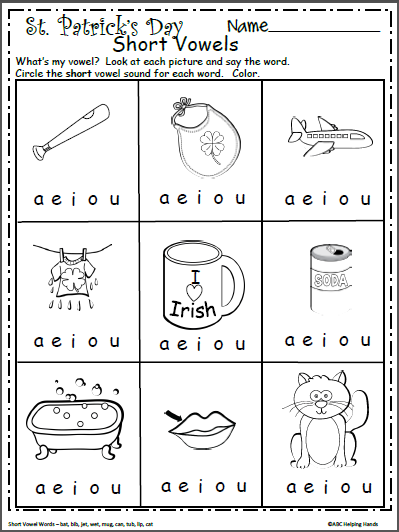
I,i
[ai]
The diphthong [ai] resembles the Russian ai in the word seagull.
Oh, oh
[ou]
The diphthong [ou] resembles the sound ou in Russian words sauce, clown.
U,u
The combination [ju:] resembles the Russian stressed yu in the words southern, Yura.
Y,
[wai]
[w]
[ai] see above
* During the XIV - XV centuries. major phonetic changes took place in the English language, which continued to develop in the future. However, the introduction of printing in the XV century.
did not fix these changes in orthography, but reflected a spelling that was conservative even for that time, corresponding to the pronunciation of an earlier era. nine0009
nine0009
The result of this provision was a large gap between spelling and pronunciation, which also affected the fate of English spelling.
a) Reading vowels in open and conditionally open syllables
In open and conditionally open stressed syllables, vowels convey sounds that coincide with their alphabetical name.
The exception is the letter y, which is read the same as the letter i.
1 In an open syllable.
An open syllable is a syllable ending in a vowel. nine0009
| Letter | Read | Examples |
| A,a E,e I,i Oh, oh U,u Y,y | [ei] [i:] [ai] [ou] [ju:] [ai] | - m e , h e , b e , w e I g o , n o , s o - m y , b y , tr y , dr y , fl y , sk y |
The vowel retains its alphabetic pronunciation if it is followed by the letter e, which in such cases is not readable.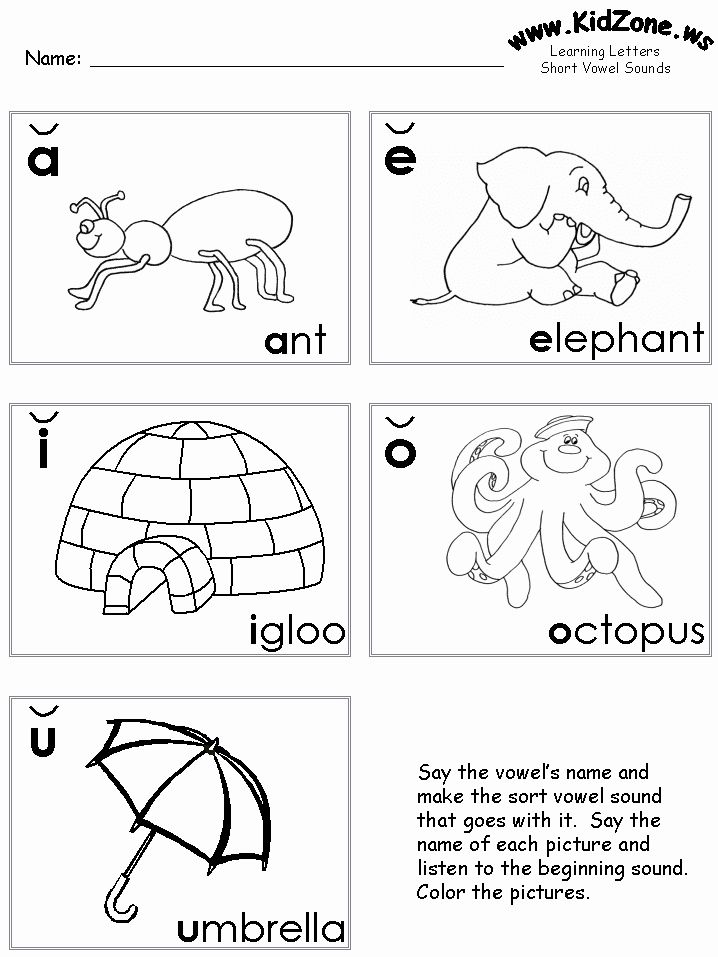
| Letter | Read | Examples |
| A,a E,e I,i Oh, oh U,u Y,y | - [i:] [ai] [ou] [ju:] [ai] | - s e e, fr e e, tr e e l i e, d i e, t i e fl o e, h o e h and e, d and e d y e, r y e |
2. In a conditionally open syllable.
A conditionally open syllable is a syllable in which the vowel is separated from the final e by one consonant. In such cases, e is not readable and is called "dumb".*
| Letter | Read | Examples |
| A,a E,e I,i Oh, oh U,u Y,y | [ei] [i:] [ai] [ou] [ju:] [ai] | t a ke, d a te, l a ke, l a te, r a te, fr e ve, P e te, m e te m i ne, l i ke, f i ve, n i ne, t i me, dr i ve, w i de, s i ze GL O BE, Z O NE, H O ME, R O LE, P O LE, ST O NE, SM O KE, B O NE t u be, m u te st y le, t y pe |
* The letter e at the end of disyllabic and polysyllabic words was read in Old English. It ceased to be read after the 14th century. Although the letter e was not pronounced, it continued to be written at the end of words, where the root vowel was long. Thus, the function of "mute e" became the designation that the preceding vowel has its own alphabetic pronunciation. nine0009
It ceased to be read after the 14th century. Although the letter e was not pronounced, it continued to be written at the end of words, where the root vowel was long. Thus, the function of "mute e" became the designation that the preceding vowel has its own alphabetic pronunciation. nine0009
After r, l, j, the letter u is read [u:]. Unlike Russian, the English sound [u:] is pronounced with strongly rounded, but slightly protruding lips. Tongue is pulled back and the tip of the tongue is lowered:
r u le, tr u e, bl u e, J u ne, j u te
Note: Vowels convey sounds that coincide with their alphabetic name and when they are separated from the next vowel by two consonants, of which the second is the letter l:
A BLE, R I FLE, N O BLE, B U GLE
Reading
- Lake
Wide - WADE
TIME - TAME - TAME - TAME - TAME - TAME idle - able
life, fine, table, mile, jute, rude
stove, make, made, note, broke, he
we, wake, wife, woke, quite, quote
Remember the following words
time
open open, -th, -th
name name
I (always written with a capital letter)
Home Home, home
stone stone
he He
Mine mine
WE We
Table table
ME I, I am
PUPIL Pupil, student
My, mine, mine, my
wide, -th, -th
you [ju:] you, you
blue
five five
fine beautiful, -th, -th
nine nine
b) Reading vowels in disyllabic words
Being stressed in an open syllable, the vowel conveys a sound that matches its alphabetical name.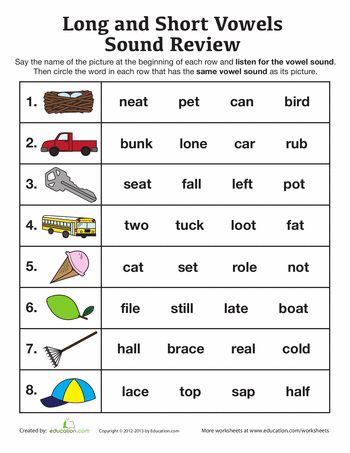 Vowels in an unstressed syllable are not pronounced clearly and resemble the unstressed vowel in Russian words cloud, sieve, lunch, father. This unstressed obscure sound is represented in the international phonetic transcription by the sign [ə].
Vowels in an unstressed syllable are not pronounced clearly and resemble the unstressed vowel in Russian words cloud, sieve, lunch, father. This unstressed obscure sound is represented in the international phonetic transcription by the sign [ə].
The stress sign [ ' ] is placed before the stressed syllable.
| nine0004 Letter | Read | Examples | Notes |
| A,a E,e I,i Oh, oh U,u | [ei] [ə] [i:] [ə] [ai] [ou] [ə] [ju:] | 'Ada ' paper 'meter 'driver 'final nine0004'total'open 'motor 'sdudent | r at the end of a word, taken separately, is not readable. If the letter l or letter n follows the vowel in a post-stressed syllable, then such unstressed vowels are not pronounced at all |
Combination wr
The letter w before r at the beginning of the word is not readable.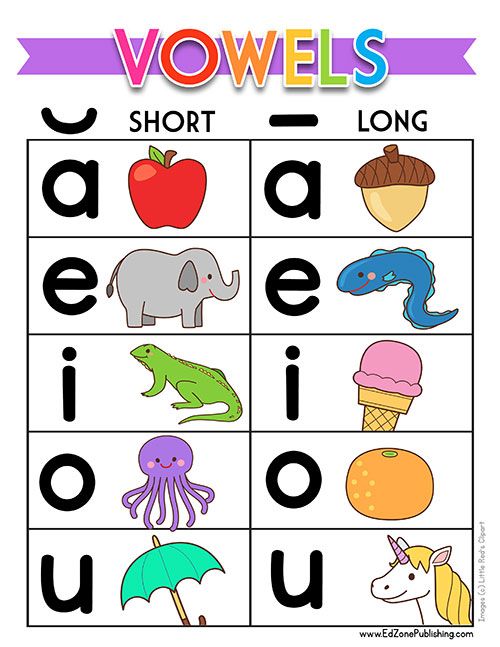
w rite, w rote
Compare:
ride - w rite
rode - w rote
as [tu, tu:] if the infinitive starts with a vowel.
Remember the following words
to be
to write
to take
student
to make
miner
to lie lie
driver
to go go paper 2 0 paper 2 newspaper
to see See
at Home at home
to love, like
to [tə, tu, tu:] on, c (when asked where?)
to open open
to drive (tram)
d) Pronunciation of the conjunction and
The union and [ənd] (and, a) is not stressed, and the vowel a in this word is usually not pronounced clearly. For example:
to take a nd to make, Pete a nd Jane
Jump to:
1) English Lessons
2) English Grammar
3) English for Beginners Home
4 90 4) Complete Exercises0009
Source: http://www.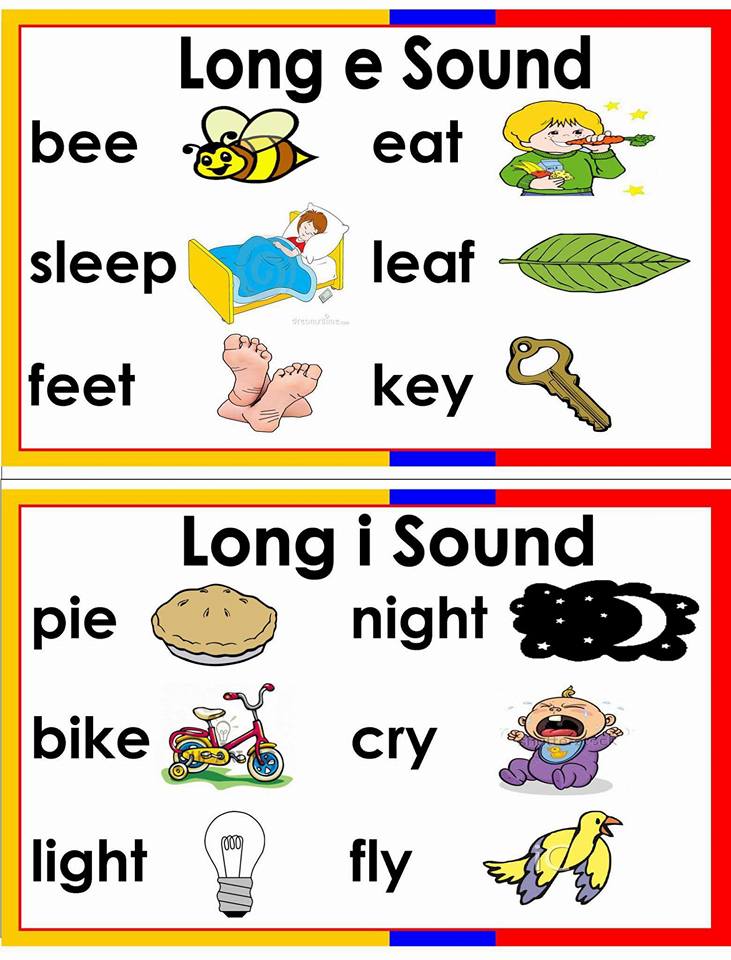 english-usa.ru/pravila-chtenija-i-proiznoshenija.html
english-usa.ru/pravila-chtenija-i-proiznoshenija.html
table. Hard and soft consonants. Designation of the softness of consonants in writing
Contents
Hard and soft consonants
How to teach a child to distinguish between soft and hard sounds? You need to start with the fact that softness and hardness are a characteristic only for consonant sounds.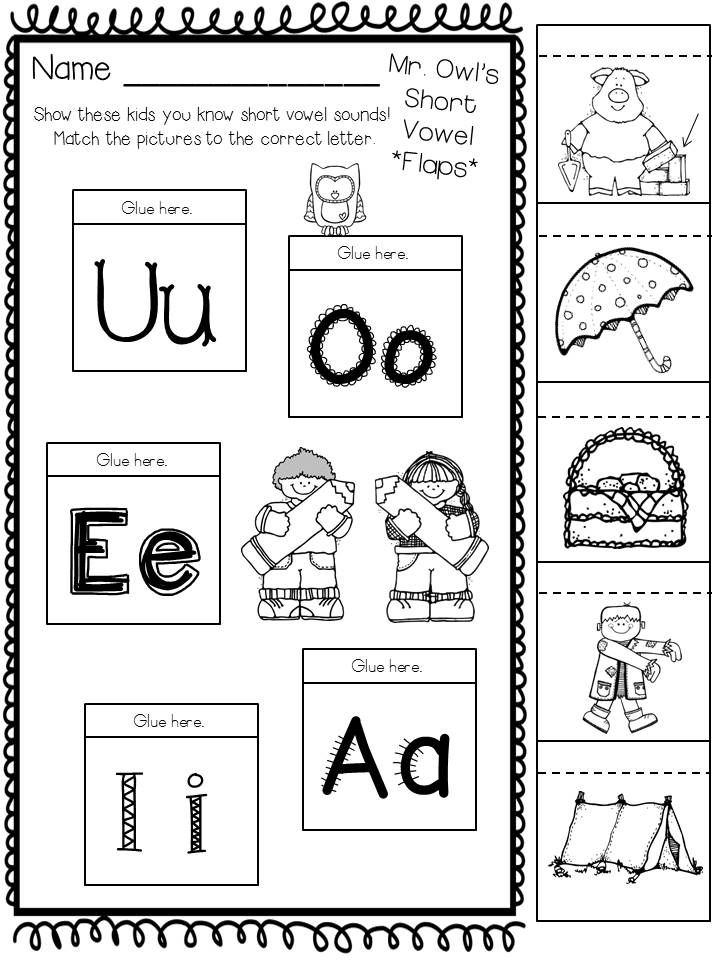 The vowels are on the sing-alongs here. Although hardness and softness are not typical for them, it is their close proximity in some words that can affect these properties of consonants. The main difference between soft and hard sounds lies in the peculiarities of their pronunciation. nine0009
The vowels are on the sing-alongs here. Although hardness and softness are not typical for them, it is their close proximity in some words that can affect these properties of consonants. The main difference between soft and hard sounds lies in the peculiarities of their pronunciation. nine0009
If a person utters soft consonant sounds, then the middle of his tongue rises to the palate and blocks the passage through which the air moves, and the tip slightly moves forward to the teeth. This is additional articulation. The process itself is called palatalization.
Babies do not need to know such complexities, but parents can use this term to broaden their horizons. During the pronunciation of solid sounds, this does not happen.
To understand the difference yourself, it is enough to pronounce a word for trial in which the same sound acts as hard and soft. nine0009
Take "break" as an example. The pronunciation of the first consonant sound [r '] makes the tongue dance in the mouth and rise to the sky, but for the second consonant sound [r], these somersaults are not needed.
It's easy for parents to understand the difference, but how do you explain it to a child with fingers? We invite you to use your imagination and use interesting stories, cheat sheets and simple games that will help kids remember hard and soft consonant sounds.
How to teach your child to distinguish sounds
Children perceive information best if it is presented in a playful way. Come up with an interesting story with your child to help explain the complex relationship between hard and soft consonants.
Once hard and soft sounds they lived together. There was no enmity or quarrel between them, until one day an ambitious group of vowels, which included Ye, Yo, Ya, Yu and Yi, wanted to gain power over everyone. A war began that lasted for many years. A, O, U, E and S remained neutral and preferred to stay away, because they could not take sides. The war dragged on, so the vowels decided to use a trick. They turned to a soft sign for help, which does not have its own sound at all, but loves to pit others against each other.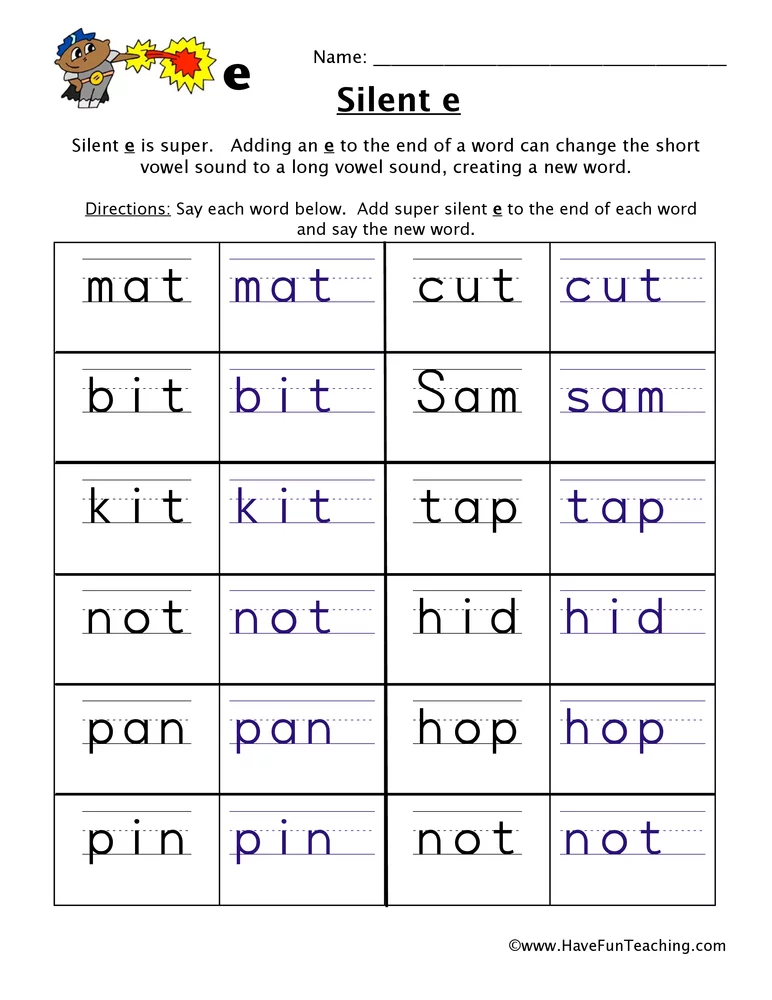 nine0009
nine0009
This harmful letter told the vowels about the place where the consonants were hiding, and in return demanded a number of privileges after the successful completion of the military campaign. As a result, the consonants were surrounded. A group of militant vowels gave them an ultimatum, and the consonants had to accept their terms. The war was lost and the victors celebrated their success with pomp.
A small group of vowels received undivided power. Now they determine whether the consonant will be soft or hard. The soft sign also received exactly the same rights. Now he too can push around the vanquished. Although in the ranks of consonants there were those who did not want to put up with the circumstances. All the hissers, together with a couple of comrades-in-arms, did not raise the white flag and left to partisan in the forests. Compliant consonants are now strictly subject to the laws of vowels, and a few rebels continue to engage in subversive activities, albeit without much result. nine0009
nine0009
This simple story vividly demonstrates the relationship between vowels and consonants. The names of the rebels, which we will mention further, should be immediately blacklisted. For their disobedience, the vowels are still looking for them. A sign with the words "Wanted" can be fixed on the refrigerator or near the desktop of a small student.
This prompt must be kept in front of the child's eyes at all times. The rest of the consonants, which obeyed the winners, are now forced to become either soft or hard, depending on their neighbors. If they are followed by vowels E, E, I, Yu, I or b, then they become soft, because they lose their will in front of the winners. If another vowel (A, O, U, E or Y) or a consonant sits on their tail, then they become solid, as they feel support. nine0009
How to identify a soft consonant?
In addition to a special sound, a soft consonant can be identified in written speech. The following signs indicate the softness of the consonant:
After soft consonants, the letters “e”, “e”, “i”, “yu”, “I” are written: o s]
The exception is borrowed words in which consonants sound solid even before the letter “e”:
- delta [d e l't a]
- atelier [a t el' y 'e]
- tennis [t n' s]
- cabaret [kabaret]
- cafe [ka f e]
- energy [en erg 'and y'a]
The softness of consonants expresses a special sign that does not indicate a sound - "b":
- mowing [s ']
- eight [m']
- anchor [r']
- slippery [l']
Consonants soften before some subsequent soft consonants [h'], [l'], [n'], [s'], [ t'], [h'], [u']:
- life [zh z'n']
- after [after' l'e]
- bridge [m o s' t'i k]
- umbrella [z o n' t' i k]
- concrete worker [b' and ton' shch' and k]
- grumbler [v a r' h' u n].
This phonetic process of transferring the softness of one sound to another is called assimilation, or assimilation (lat. assimilatio - “similarity”).
We mean that this acquired softness of consonants is not transmitted in written speech.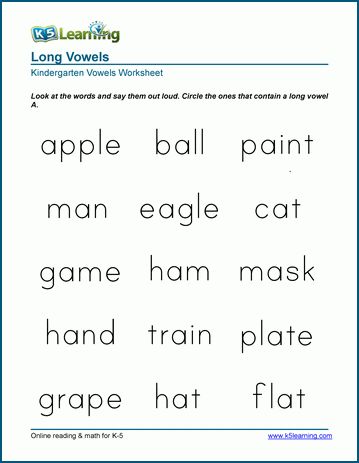 nine0009
nine0009
After letters denoting soft consonants, the soft sign is not written in combinations of lf, nsch, chk, rch, rsh, etc.
Two consonants in a row when two consonants stand in a row and how to determine the characteristics of the sound in this case? Here another rule applies. Such cases always mean that the consonant will always be hard. Only soft consonants do not appear in this rule. nine0009
- Take the word “pen” as an example. After “h”, the sound “k” follows, and the child must understand that “h” will automatically become a solid sound, since the next “k” is a consonant.
- Take your time when explaining these simple, but important and sometimes confusing rules to your child. Make sure that the child understands, ask questions and do not be lazy to explain several times.
Recording sounds
In transcription, the softness of a consonant sound is indicated by adding the symbol ‘ to its recording. This is an apostrophe that occurs in some loanwords. nine0009
nine0009
For example, to indicate the softness of the sound P in transcription, you must write [p ']. Sound hardness is not indicated.
There is nothing complicated about this. Give your child a simple task. He needs to write out from the group of words only those in which there are soft consonants, and then make their transcriptions with an apostrophe. Just a few of these exercises, and he will quickly remember how softness is indicated.
Paired and unpaired sounds in terms of hardness-softness
Consonants form 15 pairs, each of which consists of a soft and hard sound. nine0009
[b] - [b'], [c] - [c'], [d] - [d'], [e] - [d'], [h] - [h'], [l] - [l '], [m] - [m '], [n] - [n '], [r] - [r '], [p] - [p '], [f] - [f '] , [k] - [k'], [t] - [t'], [s] - [s'], [x] - [x'].
Consonants that can form such tandems are called paired. Unpaired sounds are those very recalcitrant rebels that can be either only soft or only hard.
Another useful table of sounds and letters
Auxiliary signs of hard and soft consonants
A certain combination of organs of the articulatory apparatus is responsible for the pronunciation of each sound.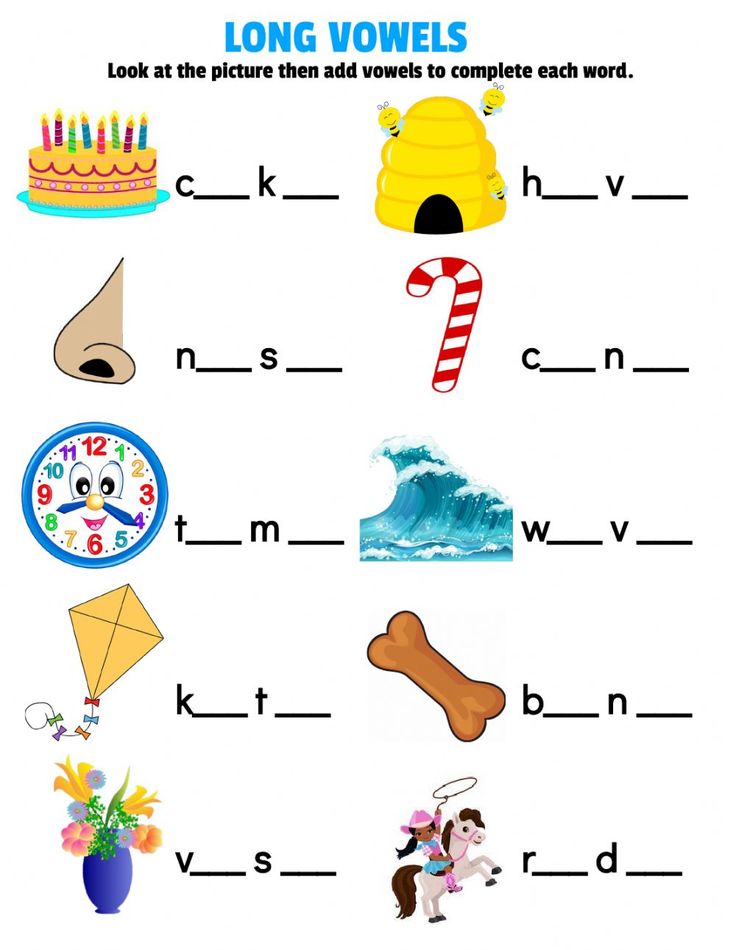 Children can be told how easy it is to recognize the hardness and softness of consonants by the position of the lips.
Children can be told how easy it is to recognize the hardness and softness of consonants by the position of the lips.
If, pronouncing a syllable, the speaker smiles, that is, the corners of his lips diverge to the sides, then such a syllable contains a soft sound. If, when pronouncing the syllable “have fun”, you don’t want to, then on the contrary, it’s hard. This will make learning a complex topic easier and more fun.
Examples of interesting tasks for developing the skill of distinguishing soft and hard consonants
A picture or just a list of thematic words is shown, and the task is given to choose words with soft or hard consonants.
When you have explained the difference between vowels and consonants and letters, be sure to reinforce the formed skill. And play again.
- On the way from kindergarten, come up with words together with your child that begin with a given sound.
- Draw a piece of paper into squares, color them in red and blue, and offer to decompose the letters from the split alphabet into “houses”.
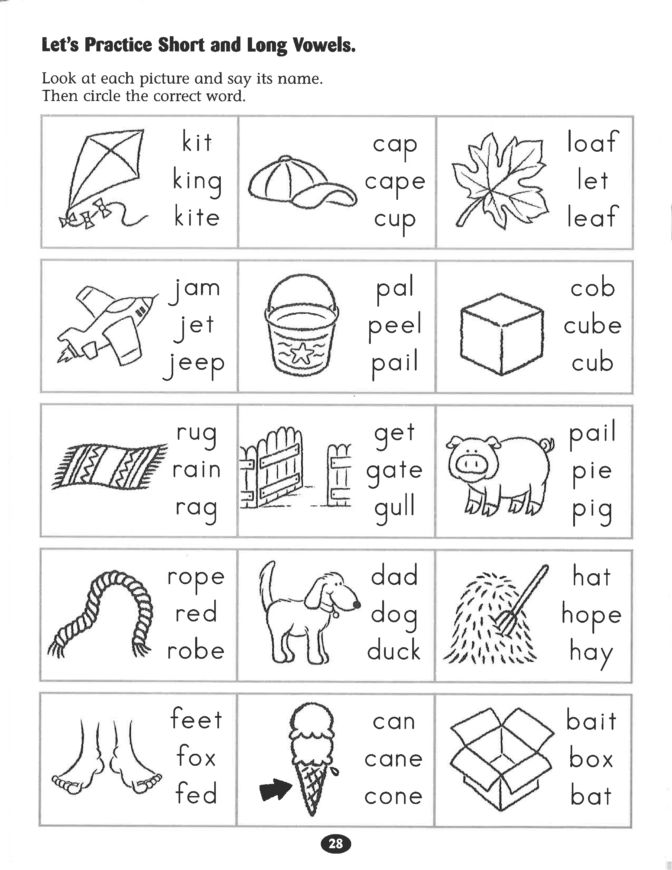 nine0227
nine0227 - * Attentive ears game. The instruction is simple: "If the word starts with a vowel - clap, with a consonant - stomp."
- Come up with a recipe for an unusual dish, the ingredients of which only begin with certain sounds.
- When cleaning an apartment, give the task to first remove all the toys that begin with consonants.
Important condition! Systematic and calm.
Your positive attitude will not only teach you to distinguish between vowels and consonants, but also form a desire to learn. nine0009
Voiced and deaf
Voiced sounds are sounds that consist of voice and noise, and deaf sounds that consist of noise only. The voiced consonant is produced by the vibration of the vocal cords. If you touch your neck in the throat area and utter "ZZZZZZZZ ...", you can feel this vibration. If you do the same, saying "SSSSSSS ..." - there will be no vibration.
Sonorant, noisy, hissing and whistling consonants
Russian also distinguishes sonorous, noisy, as well as hissing and whistling consonants.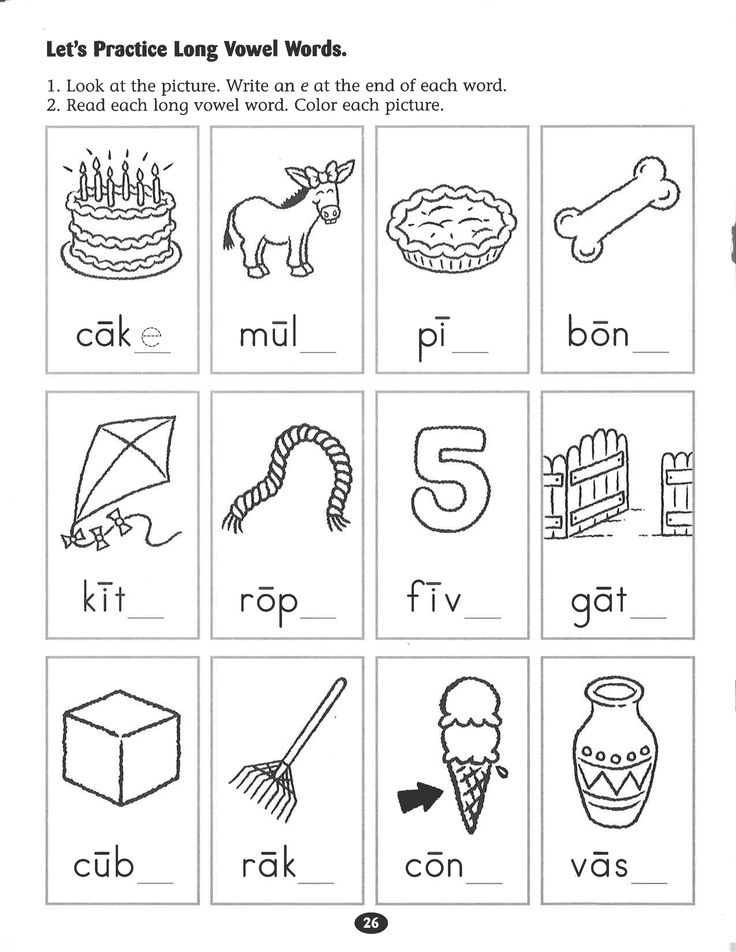 We give a definition of each of the named types of consonants, and also list which consonants belong to one or another type. nine0009
We give a definition of each of the named types of consonants, and also list which consonants belong to one or another type. nine0009
Sonorant consonants
Sonorant consonants are voiced unpaired consonants.
There are 9 sonorous sounds in total: [d'], [l], [l'], [m], [m'], [n], [n'], [p], [p'] .
Noisy consonants
Noisy consonants are divided into voiced and unvoiced. 16 sounds belong to deaf noisy consonants: [k], [k '], [p], [n '], [s], [s '], [t], [t '], [f], [f '], [x], [x '], [c], [h '], [w], [u '], and noisy voiced consonants include 11 sounds: [b], [b '], [ c], [c'], [g], [g'], [e], [e'], [g], [h], [h']. nine0009
Hissing consonants
There are 4 hissing consonants in Russian: [zh], [h'], [sh], [sh']. All of them sound like hissing, which is why they are called hissing consonants.
Whistling consonants
Whistling consonants [з] [з'] [s] [s'] [ts] are in their pronunciation anterior lingual, fricative. When articulating solid sounds [z], [c] and [c], the teeth are exposed, the tip of the tongue leans against the lower teeth, and the back of the tongue slightly arches, the lateral edges of the tongue are pressed against the upper molars. Air passes through, creating friction noise. nine0009
When articulating solid sounds [z], [c] and [c], the teeth are exposed, the tip of the tongue leans against the lower teeth, and the back of the tongue slightly arches, the lateral edges of the tongue are pressed against the upper molars. Air passes through, creating friction noise. nine0009
During the articulation of soft sounds [s'] and [з`], the same happens, but the back of the tongue rises to the hard palate.
When pronouncing voiced sounds [з] and [з`], the vocal cords are closed and vibrate, but the palatine curtain is raised. a pair according to the following principle (on the example of a pair of D / T):
Tasks for the difference between a pair of consonants Г / К
Advice for parents
The most important piece of advice to give parents of a child who is concerned about their development is to worry less. Most childhood problems are contrived, especially when it comes to the first child.
If a child does not understand the difference between soft and hard sounds before most children learn the letters, this is also not a cause for concern.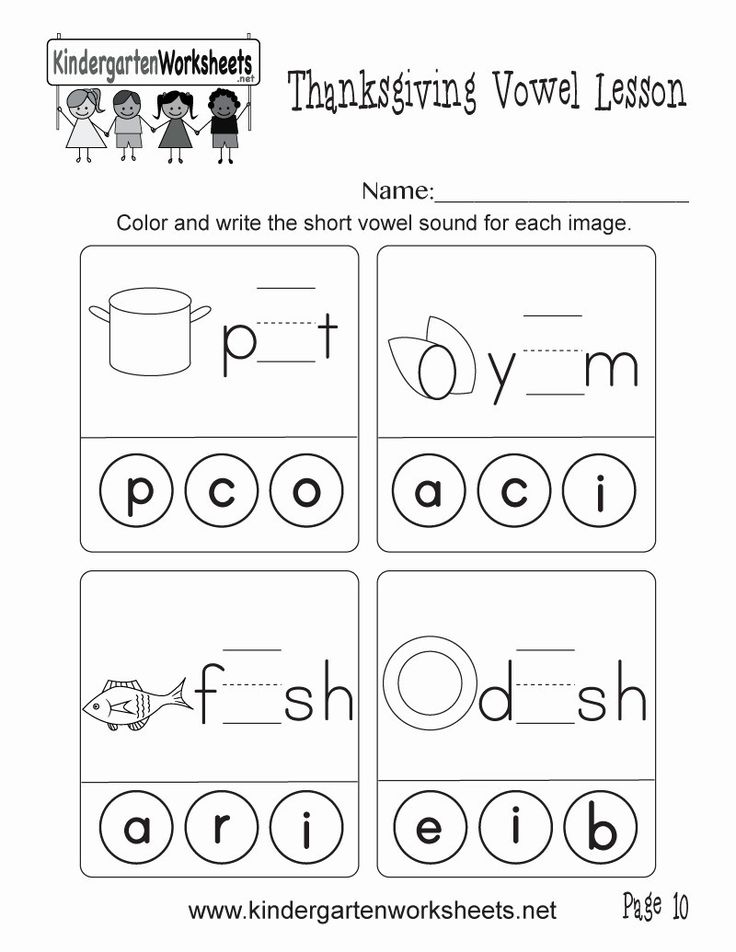
If a child cannot learn to distinguish sounds at a time when others do it easily and quickly, and it is not possible to cope with the problem on his own, then it may be more effective to contact a specialist. In this case, a speech therapist will help more than a language teacher. It is important for the baby not to memorize sounds, but to learn to distinguish them. This can be done only by understanding the nature of the origin of sounds. Who, if not a speech therapist, will explain this in all details and subtleties, using a large base of exercises and experience. nine0009
Another important step towards understanding the nature of sounds is the creation of appropriate conditions for learning activities. Often it is this factor that does not allow children to learn at all, let alone begin to understand sounds.
Mental operations require not only the presence of educational didactic material, but also a suitable place for classes. Those who think otherwise simply underestimate the importance of a separate table and chair that belongs only to the baby.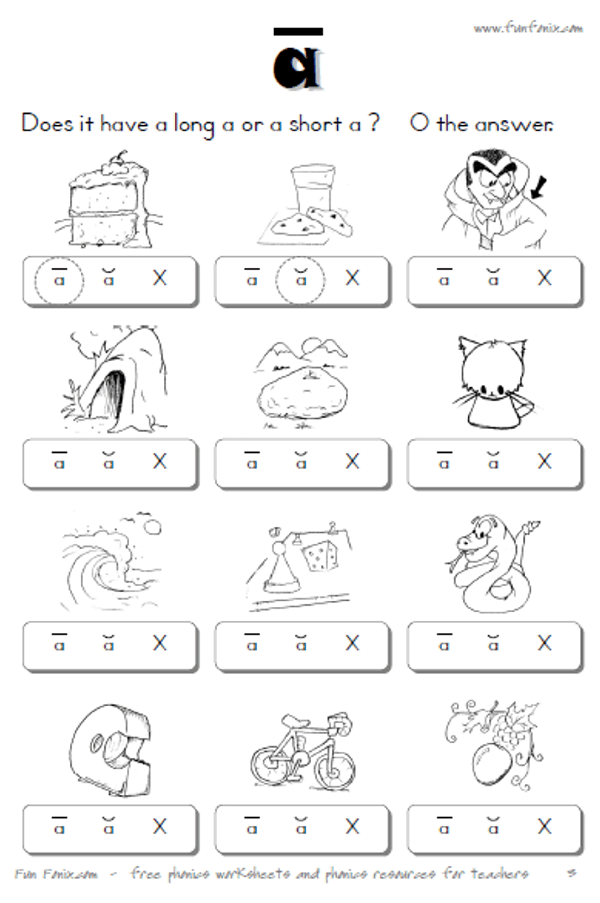 At his own workplace, the baby not only feels older, but also begins to understand the responsibility entrusted to him, and also has a different attitude to the learning process. nine0009
At his own workplace, the baby not only feels older, but also begins to understand the responsibility entrusted to him, and also has a different attitude to the learning process. nine0009
However, this does not mean that the element of play should be removed from training. Sometimes it is no less important than realizing the seriousness of what is happening. For example, folding a mosaic of the same colored cards is more convenient and interesting on the floor, where you can sit perfectly on the carpet, which is also a border.
Children really need boundaries and rules. They not only discipline, but also allow you to gain confidence in the future and your strengths. After all, children know what awaits them within these boundaries and rules, as well as what will follow their violation. Confidence is another important component of success! nine0009
And the last way to learn hard and soft sounds on your own is to buy or make cards with syllables. They are sold in all bookstores.